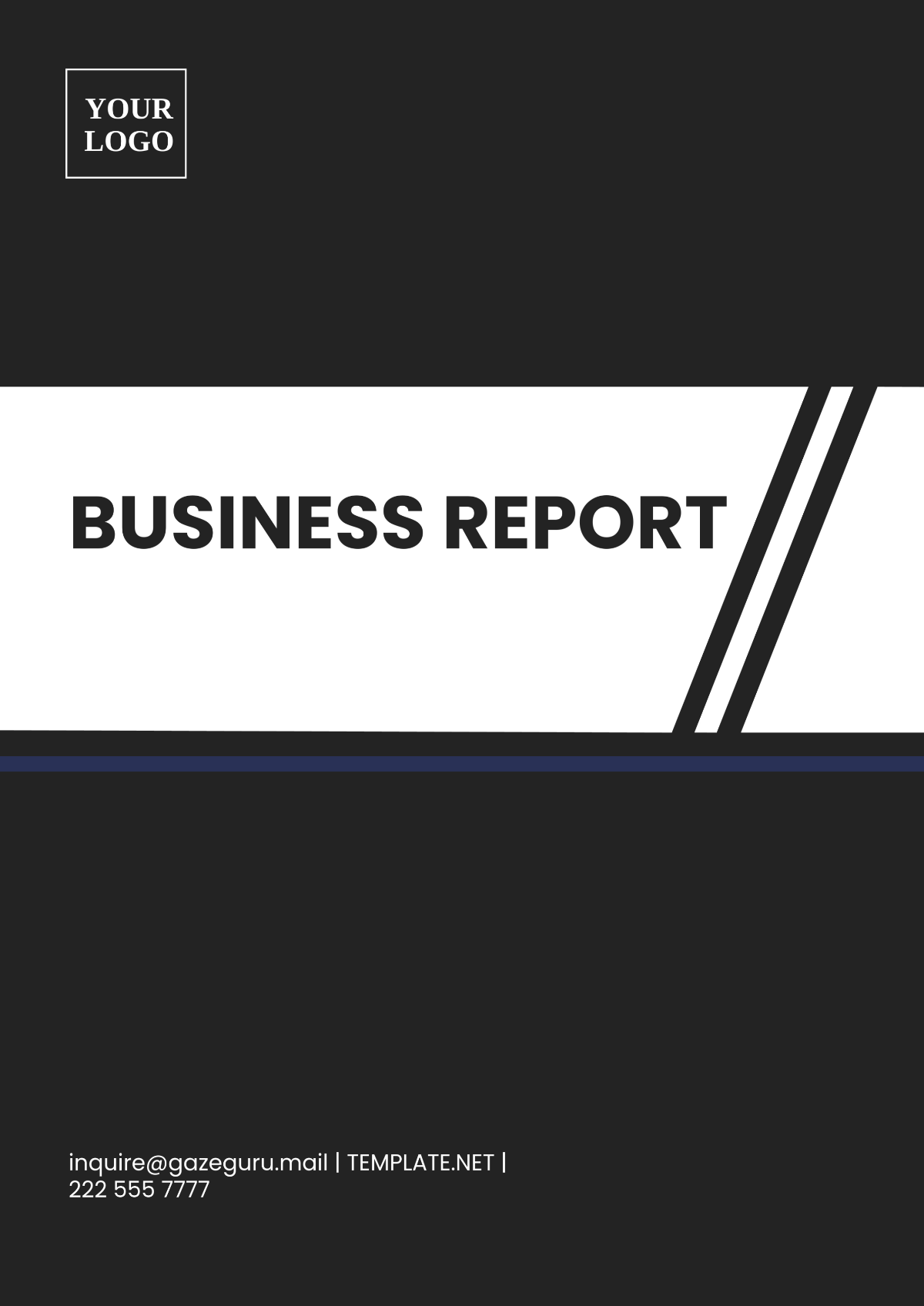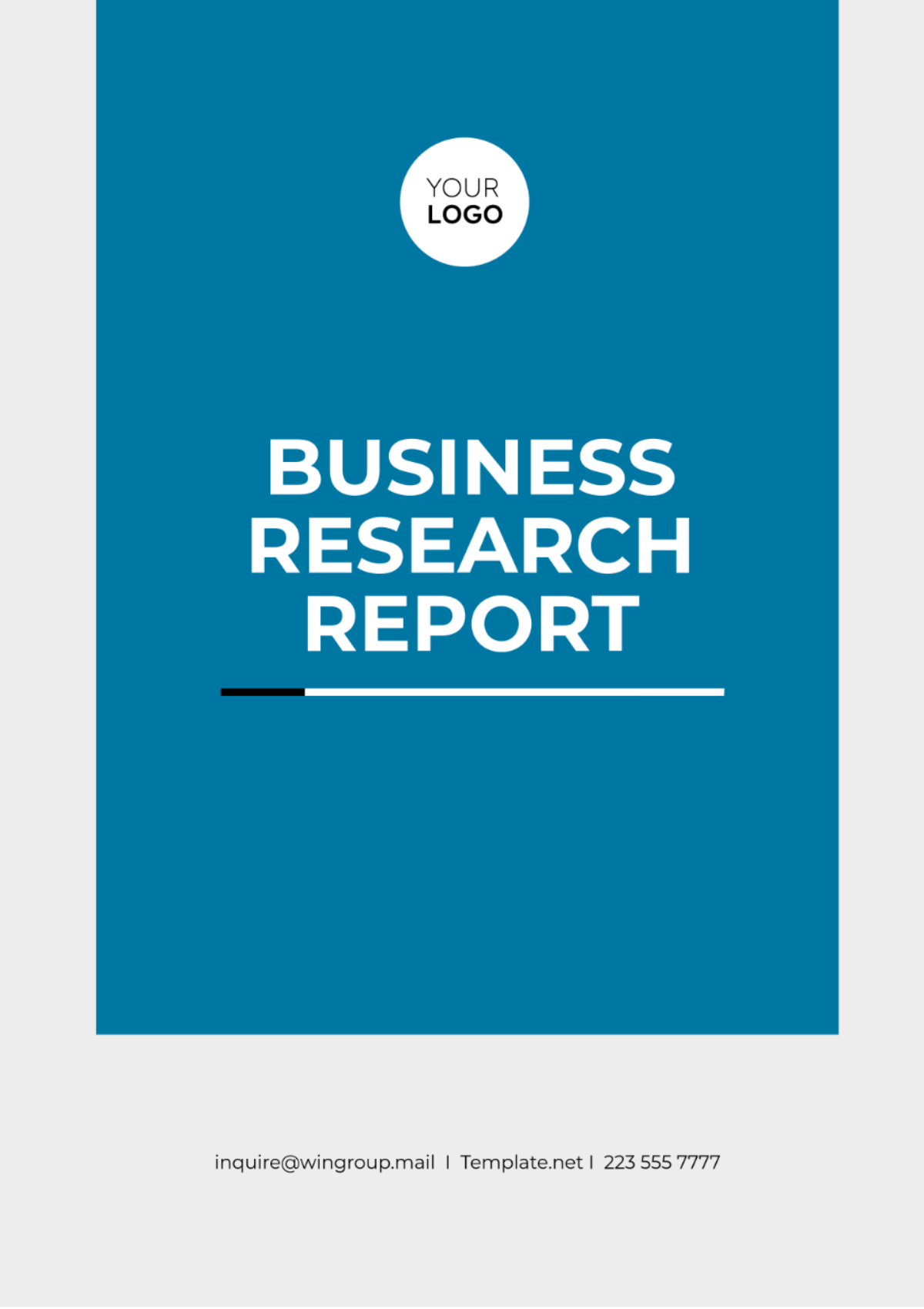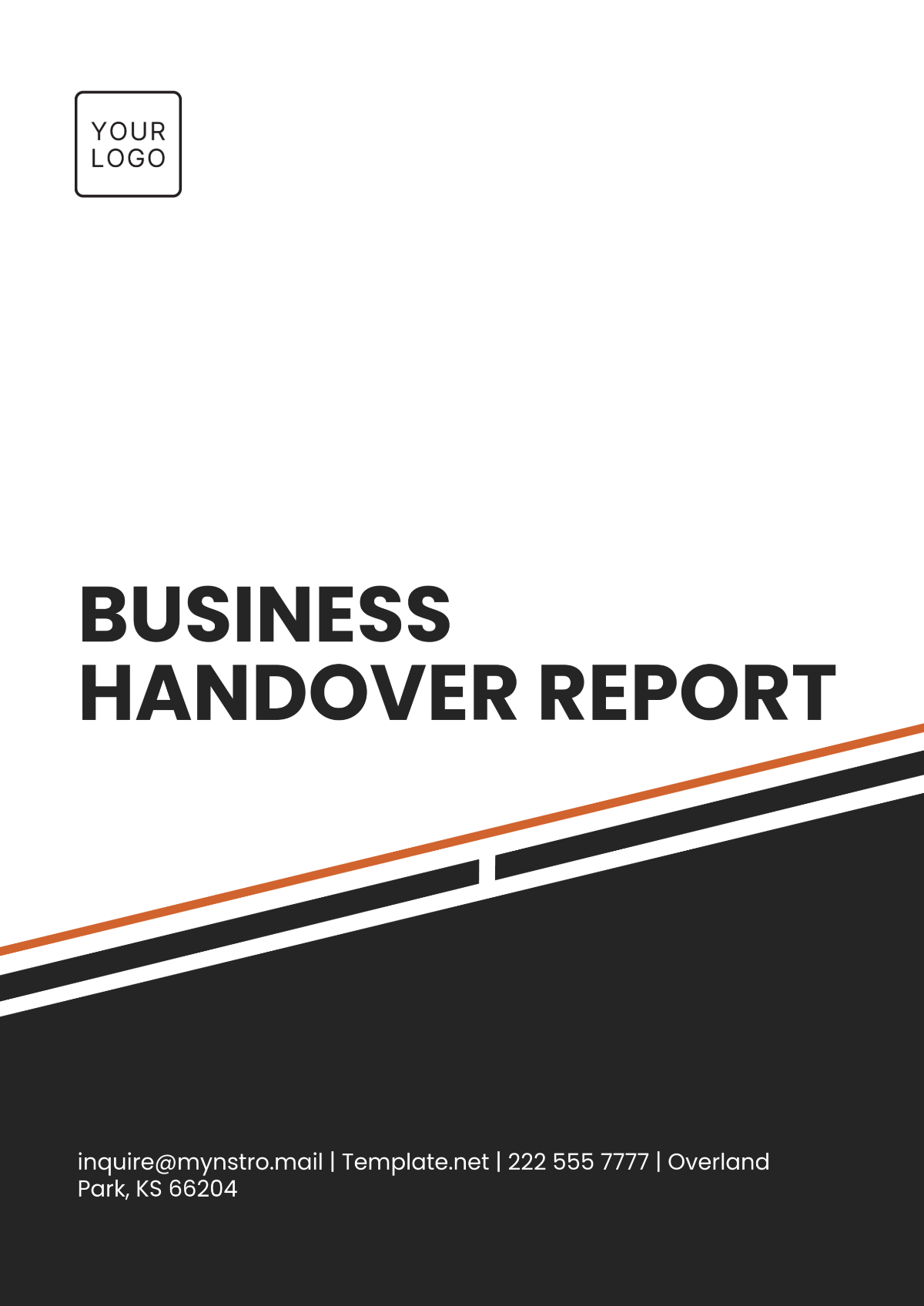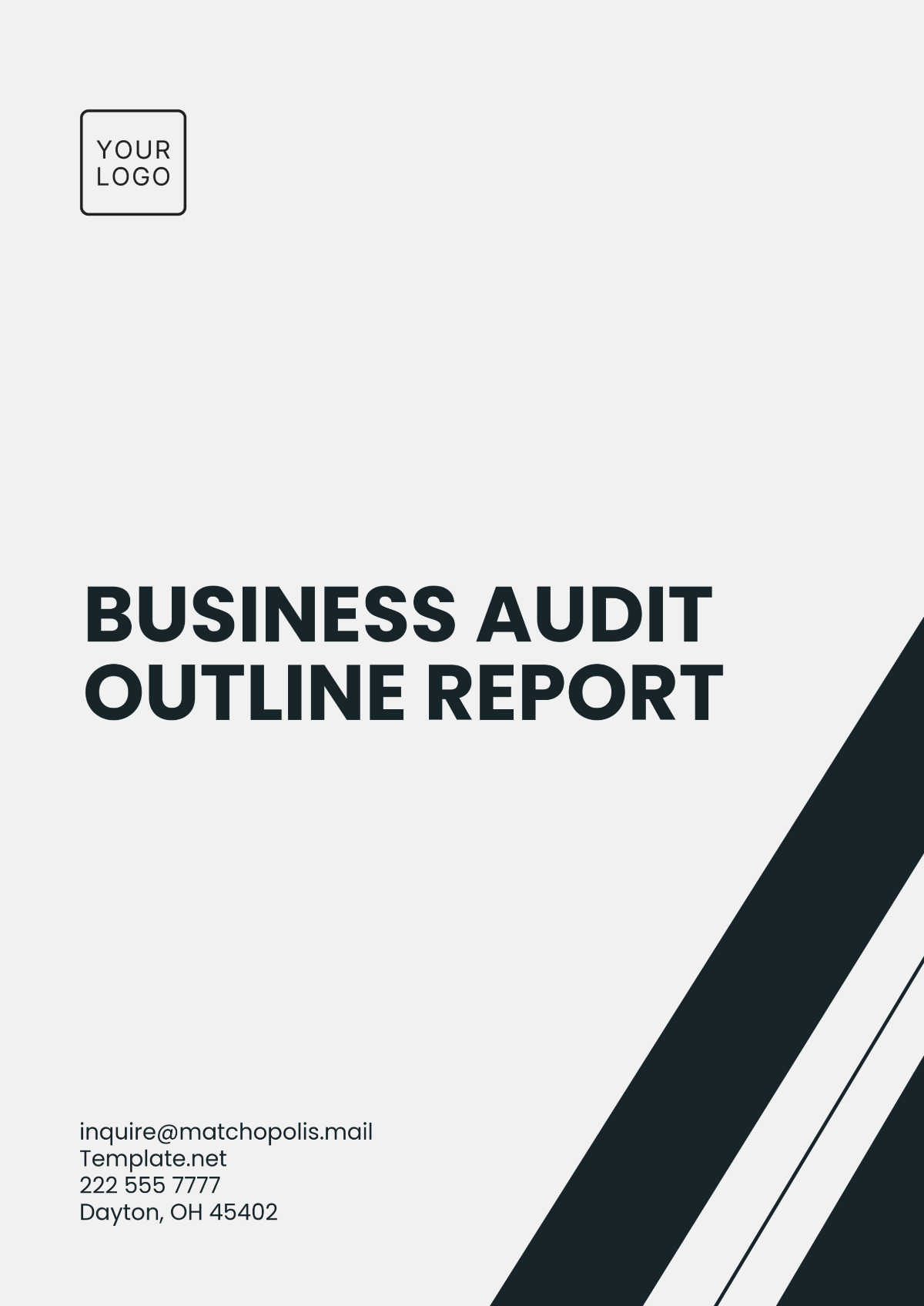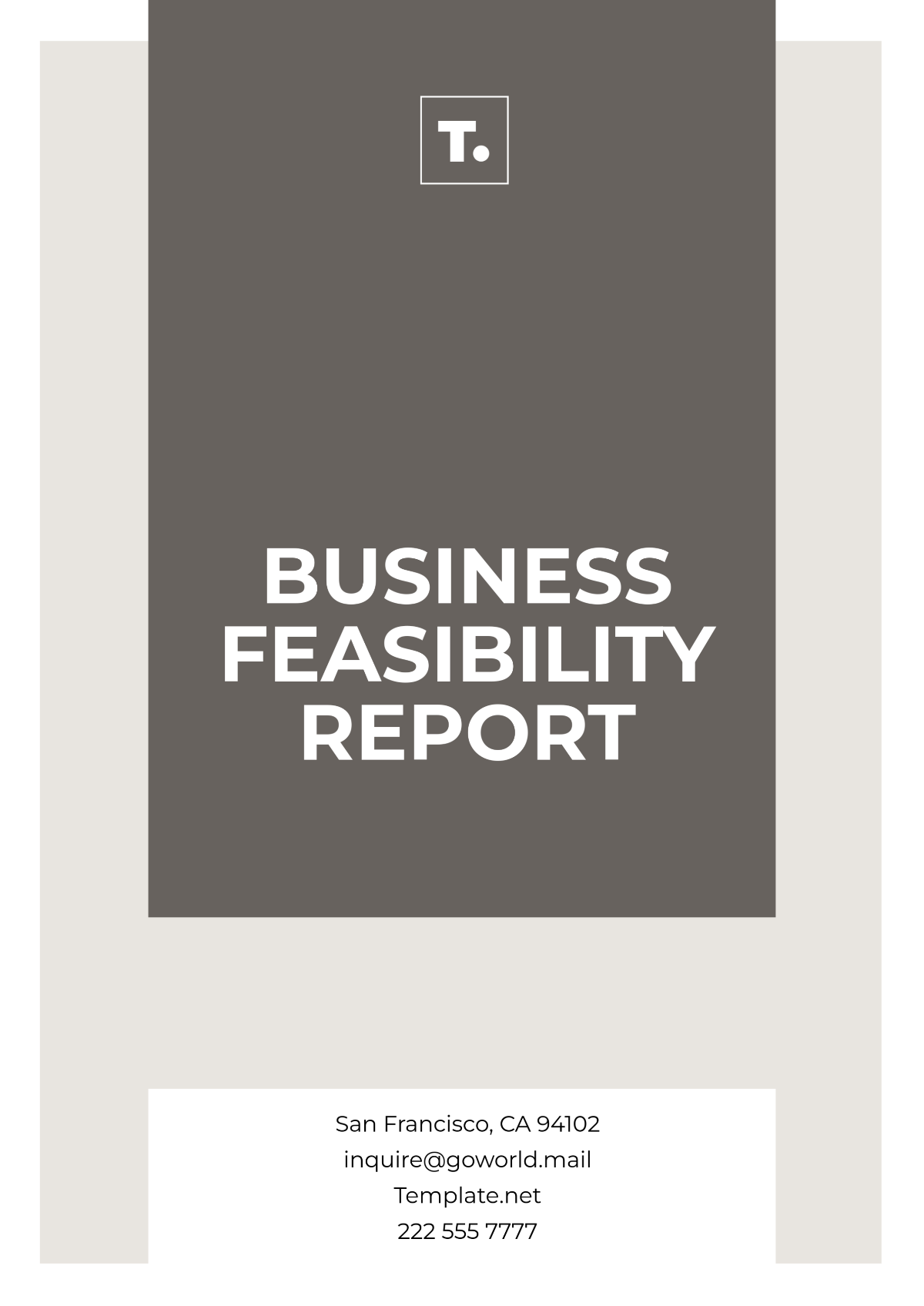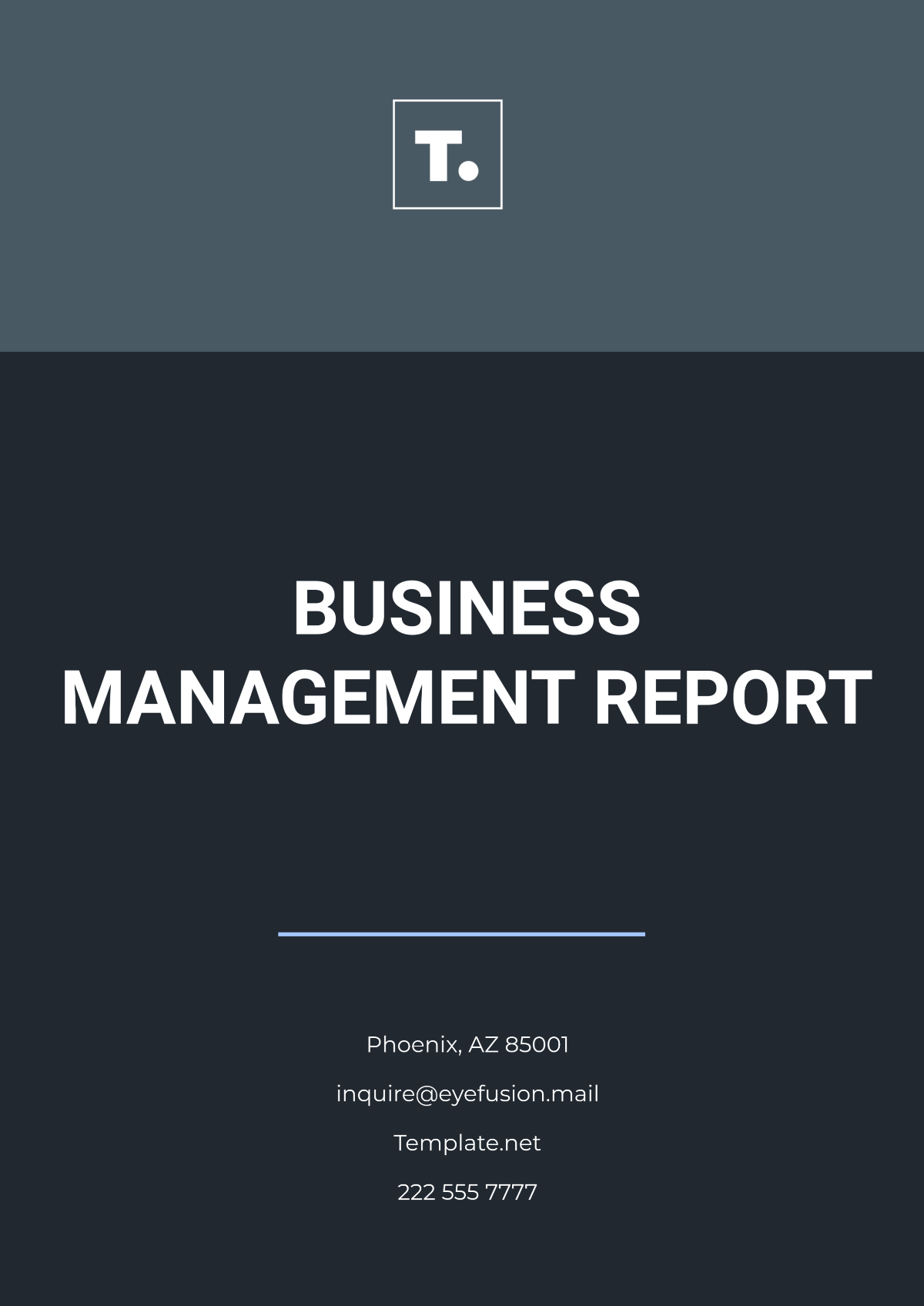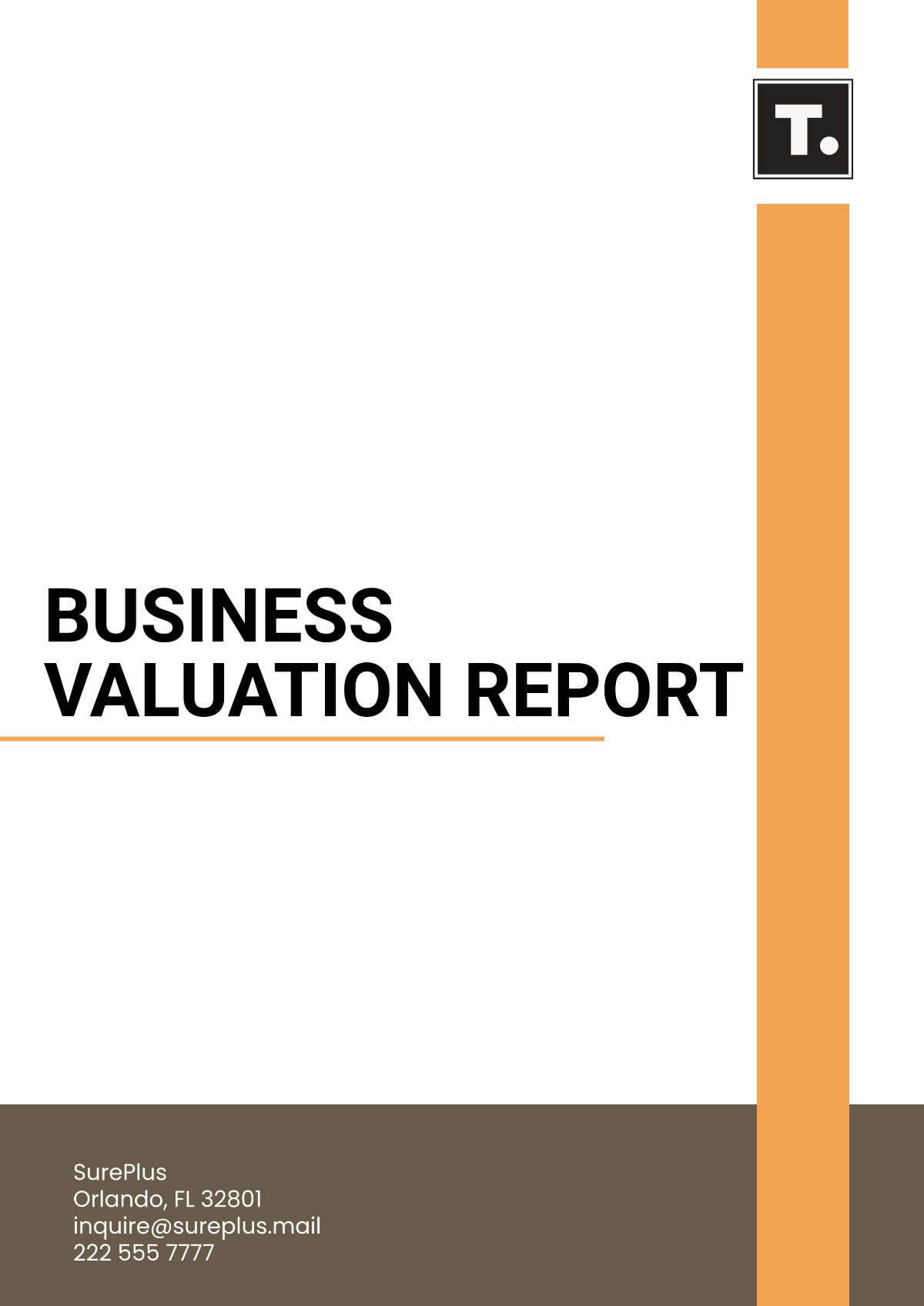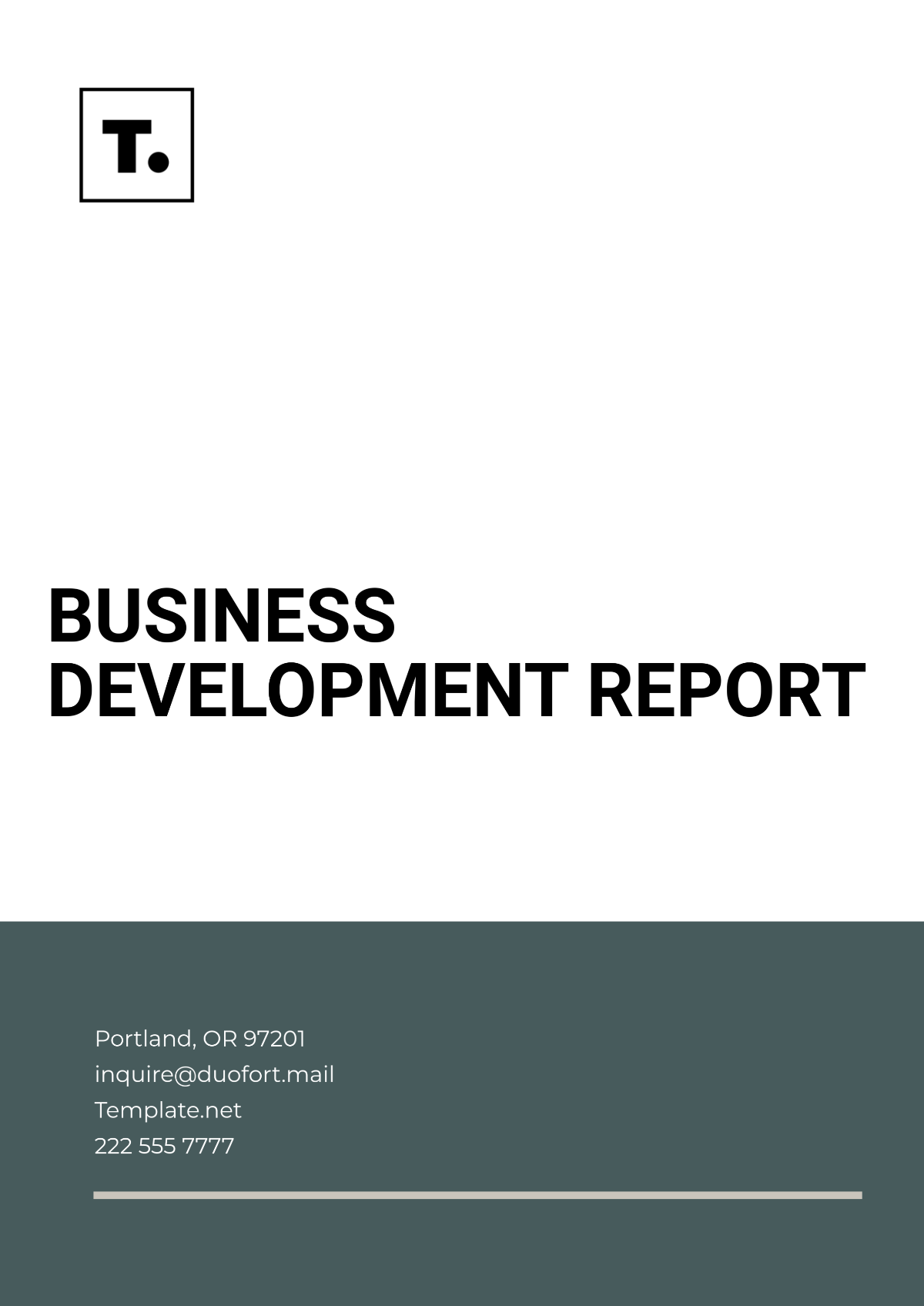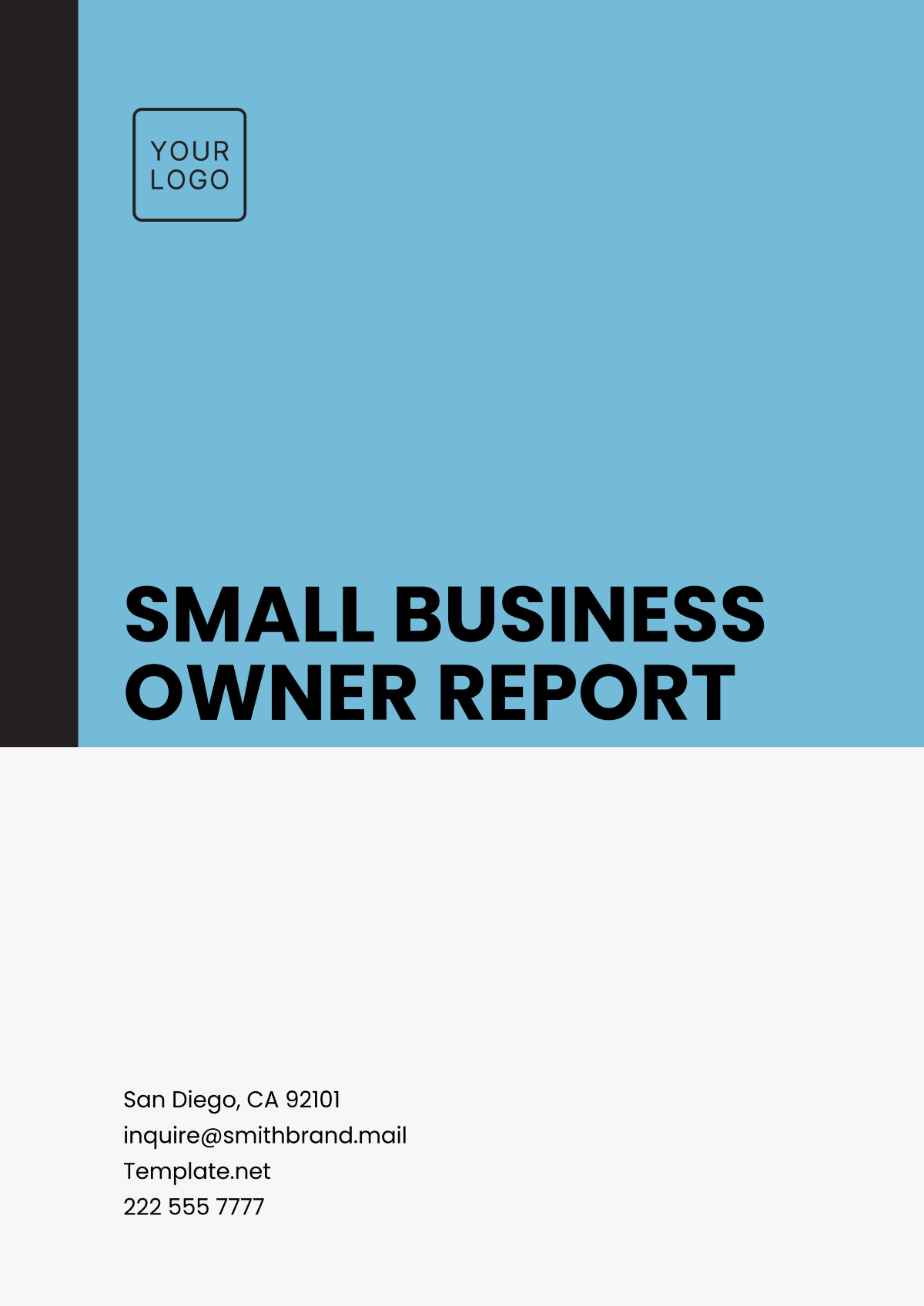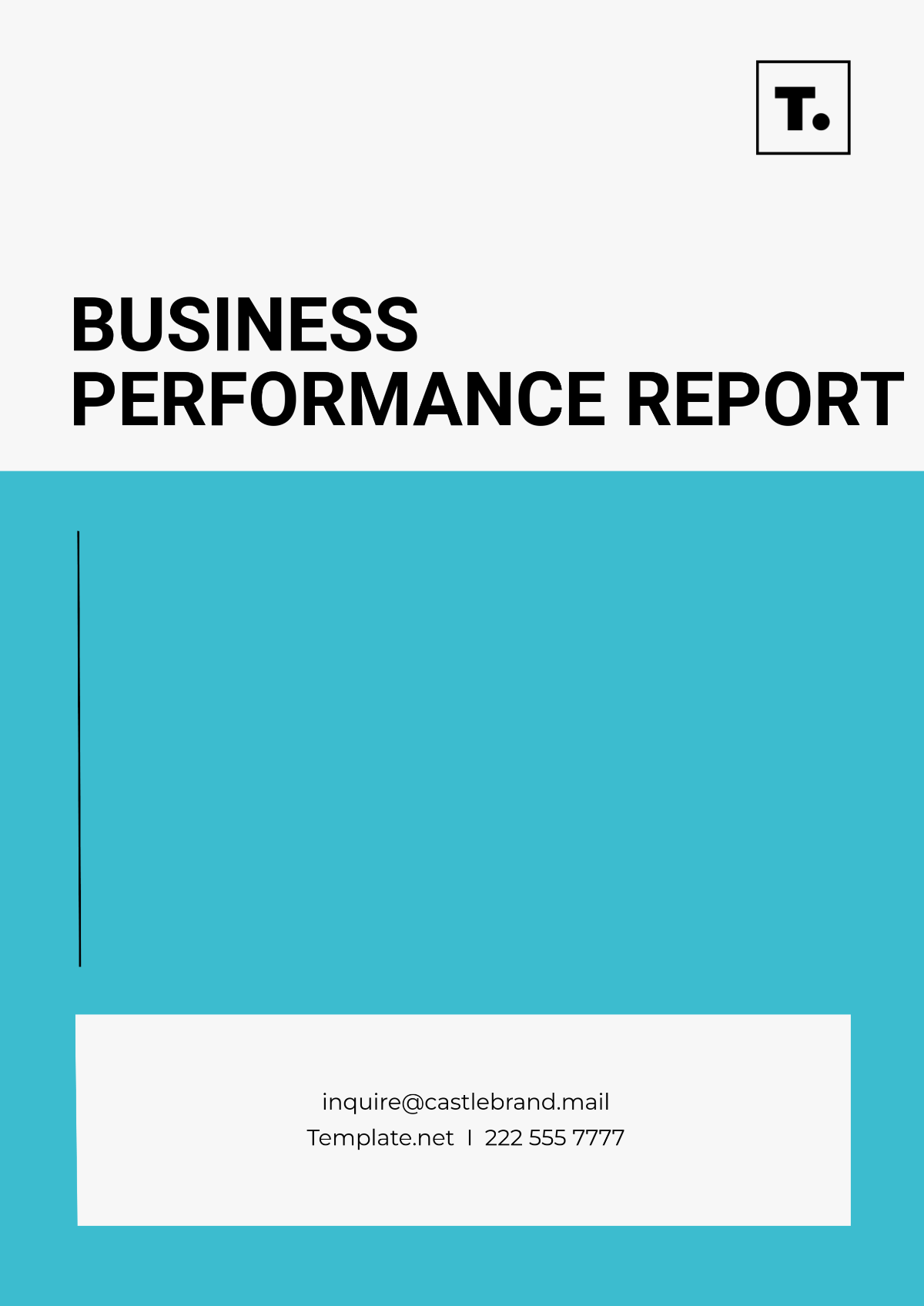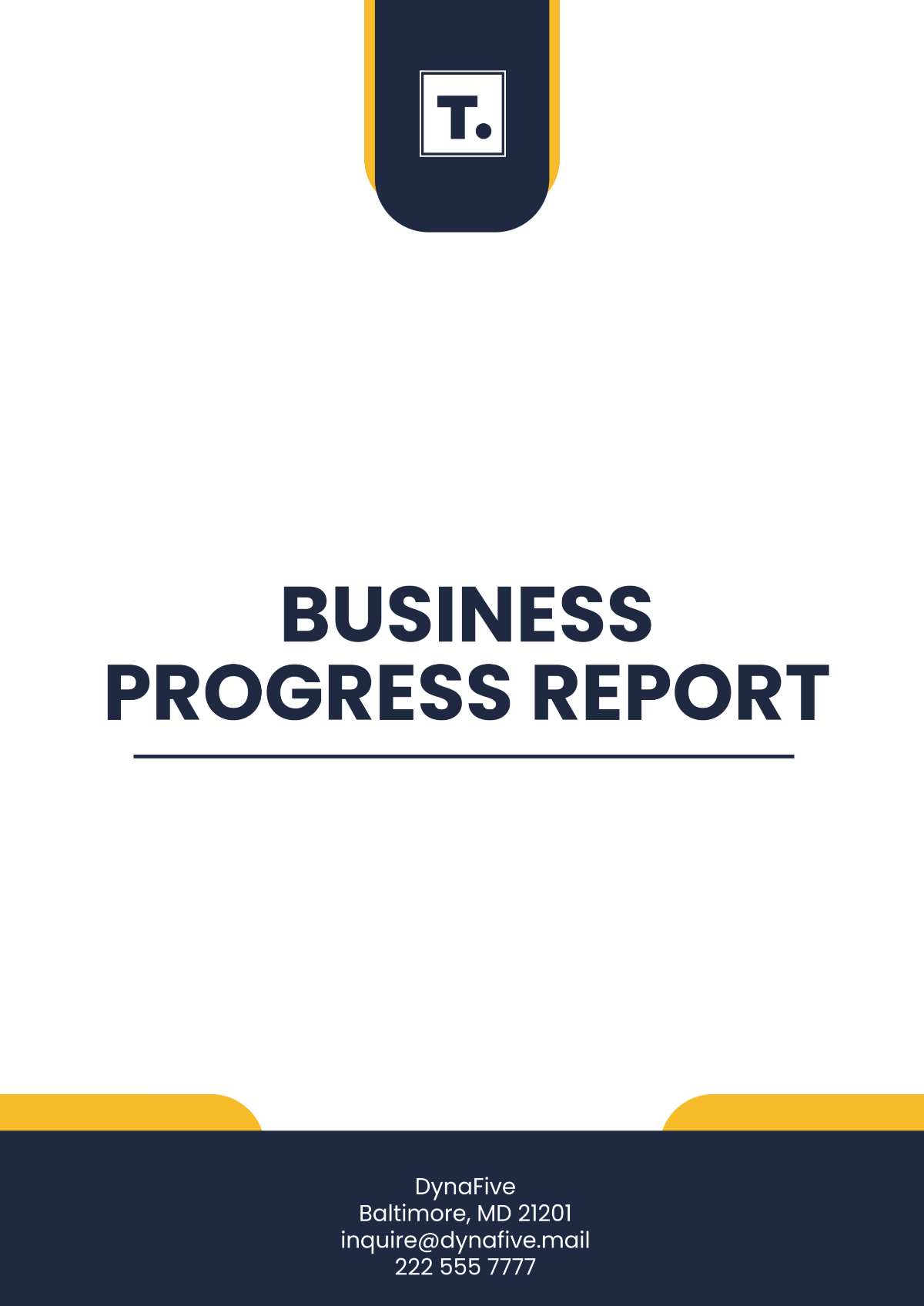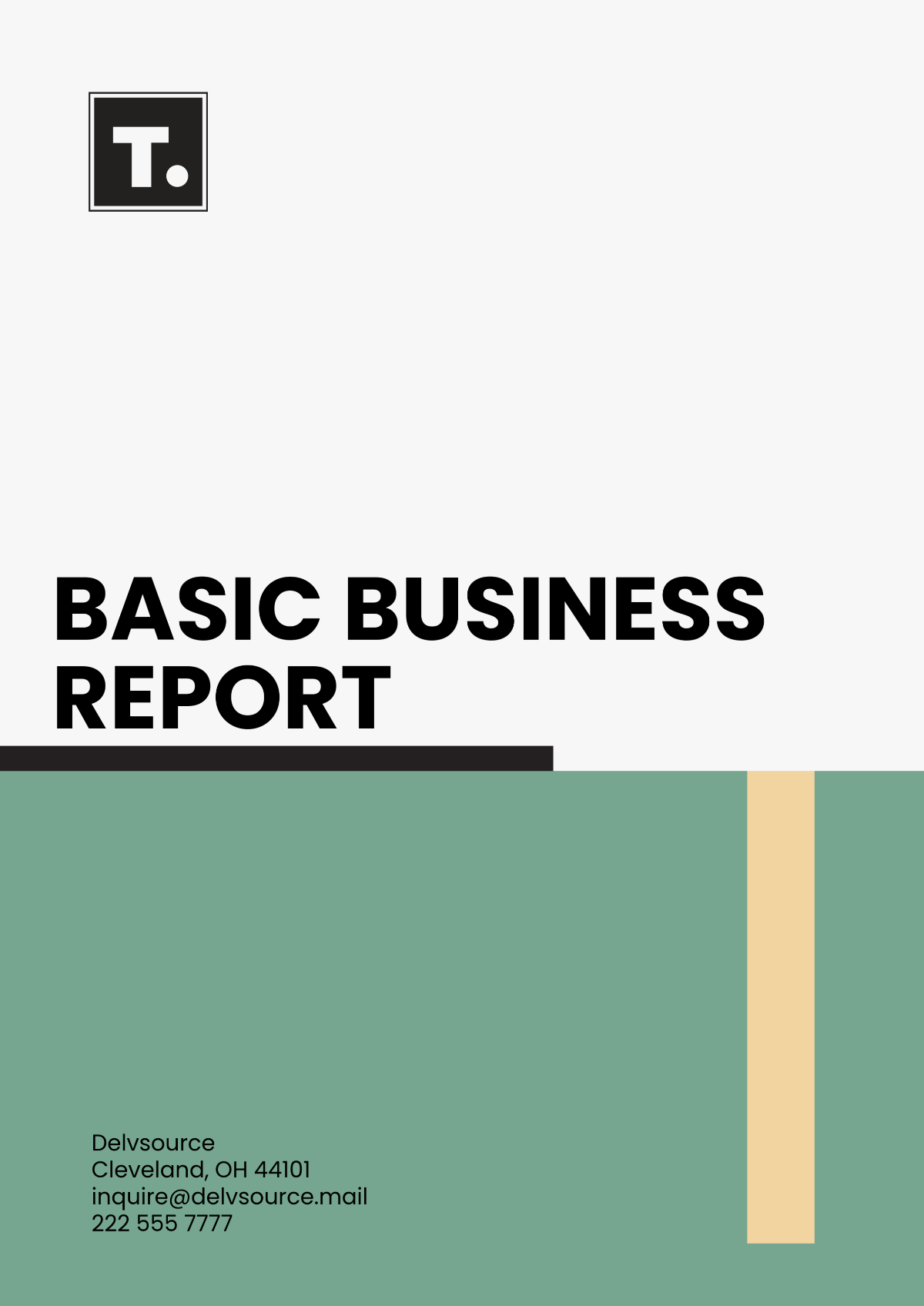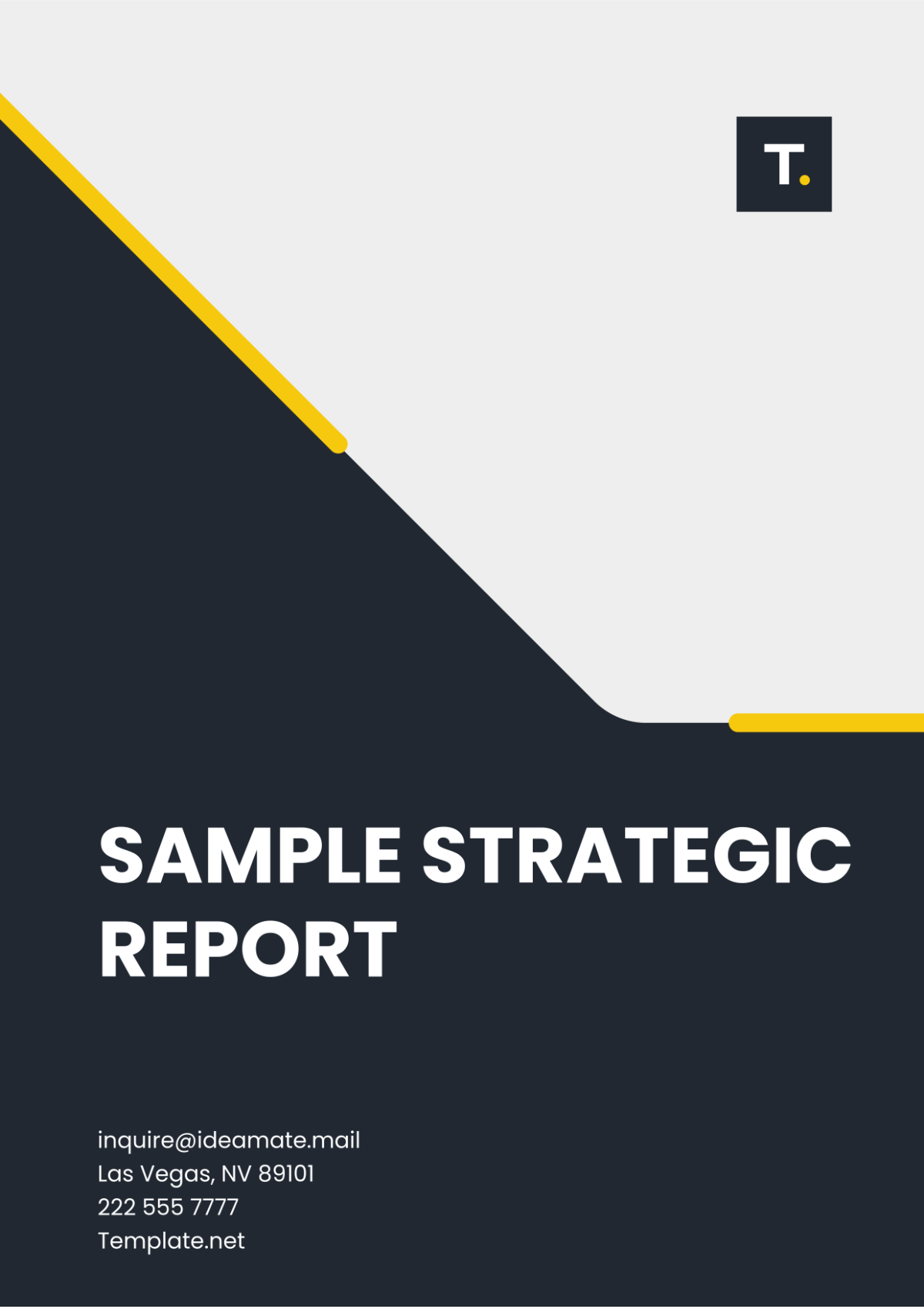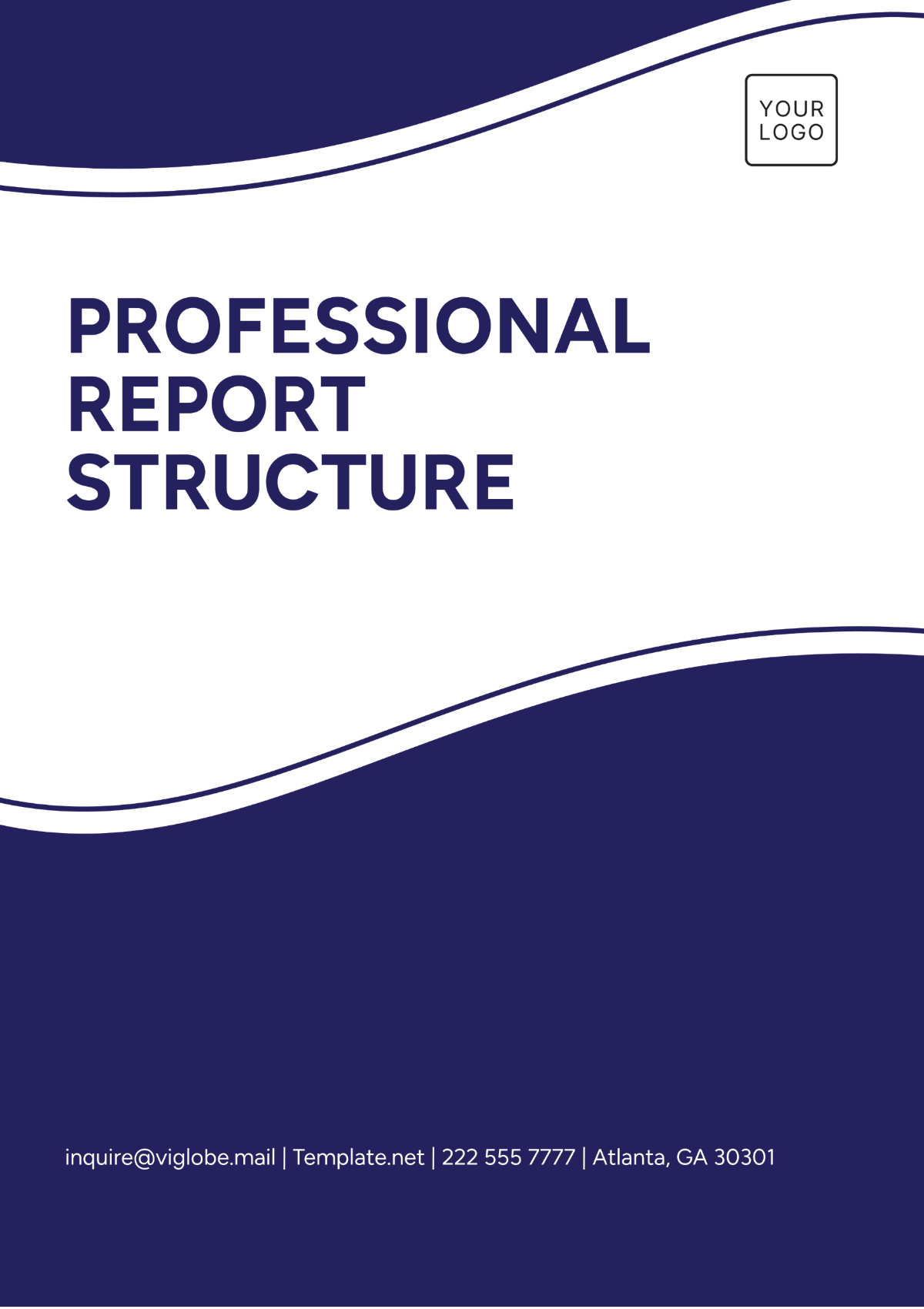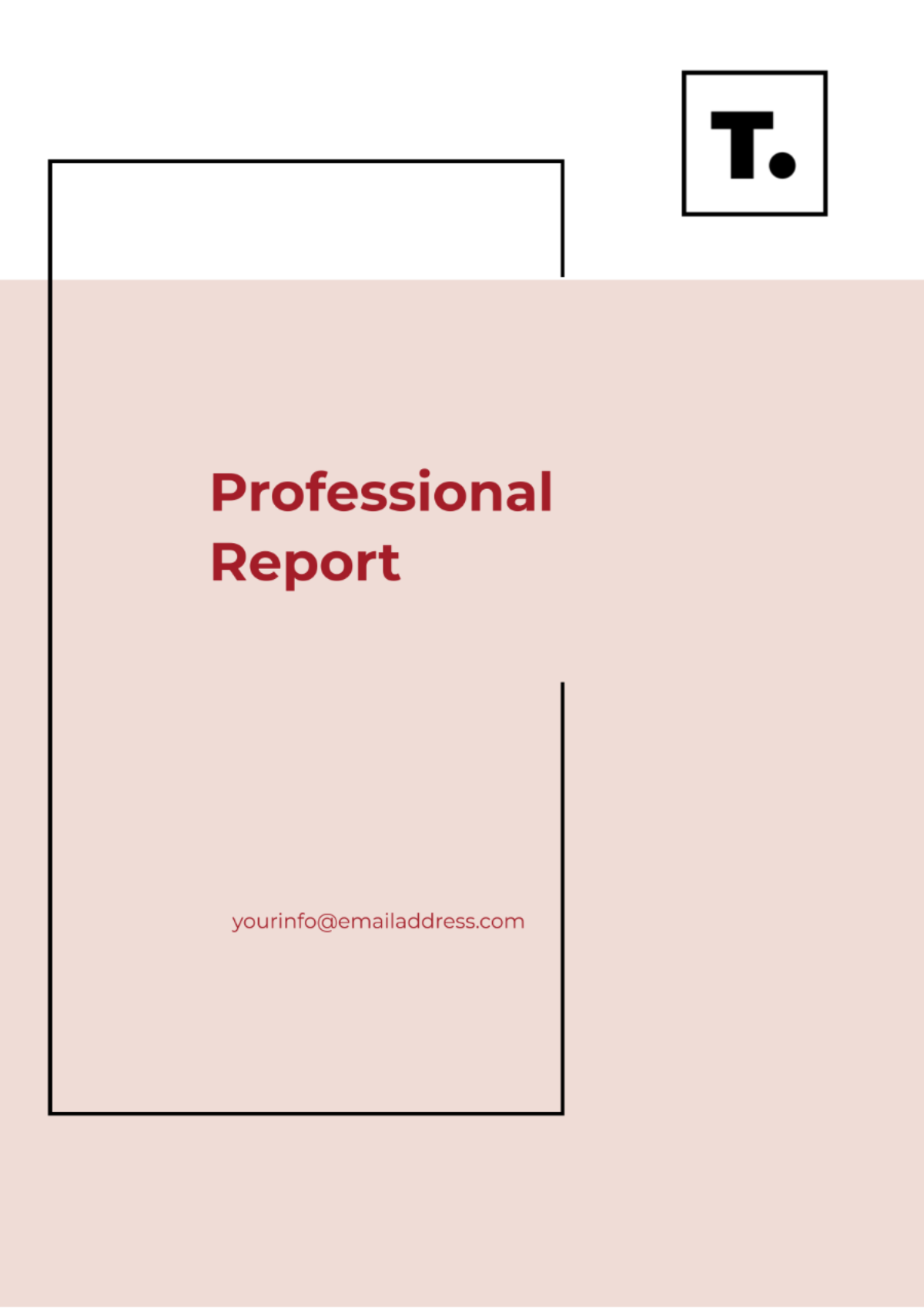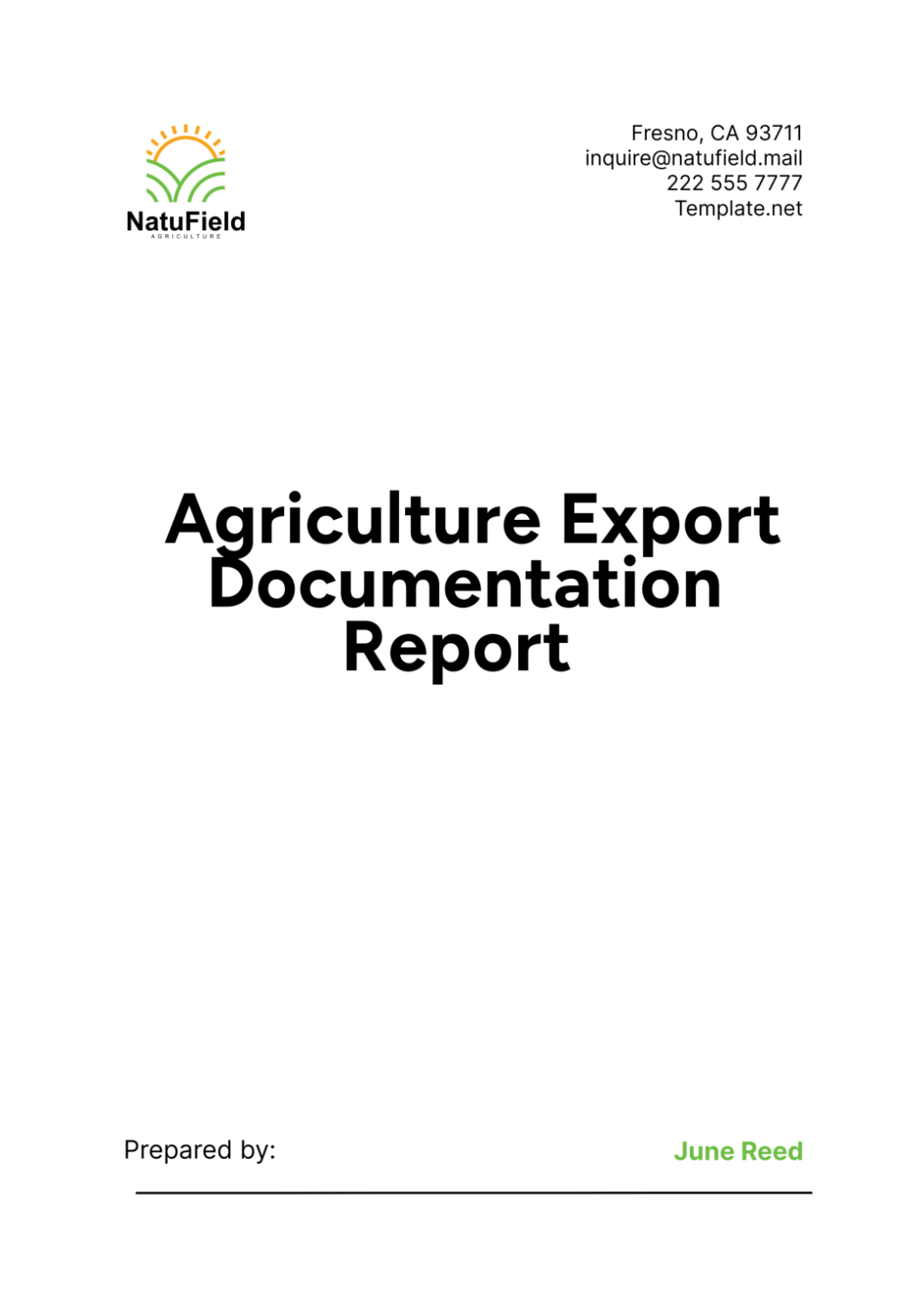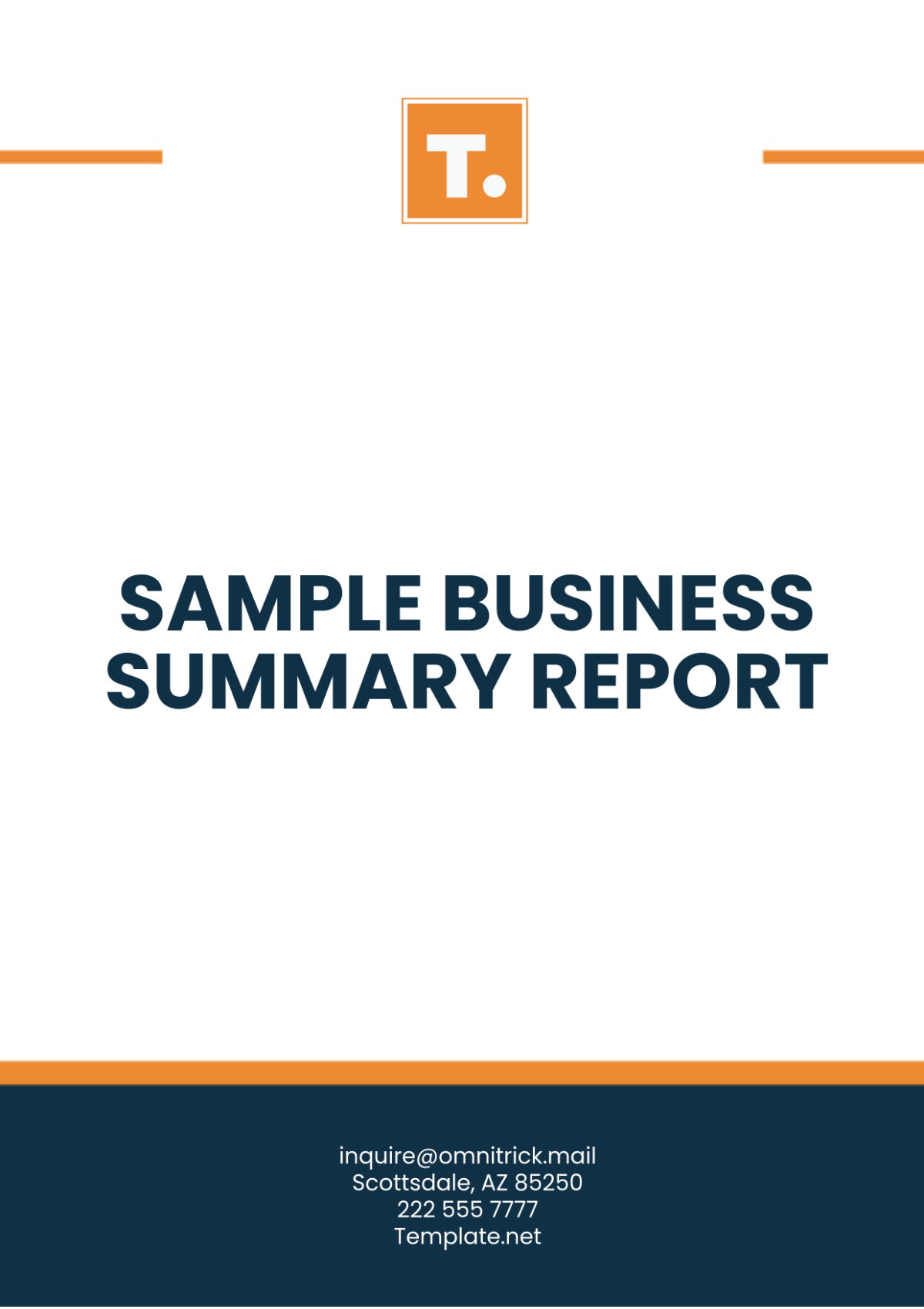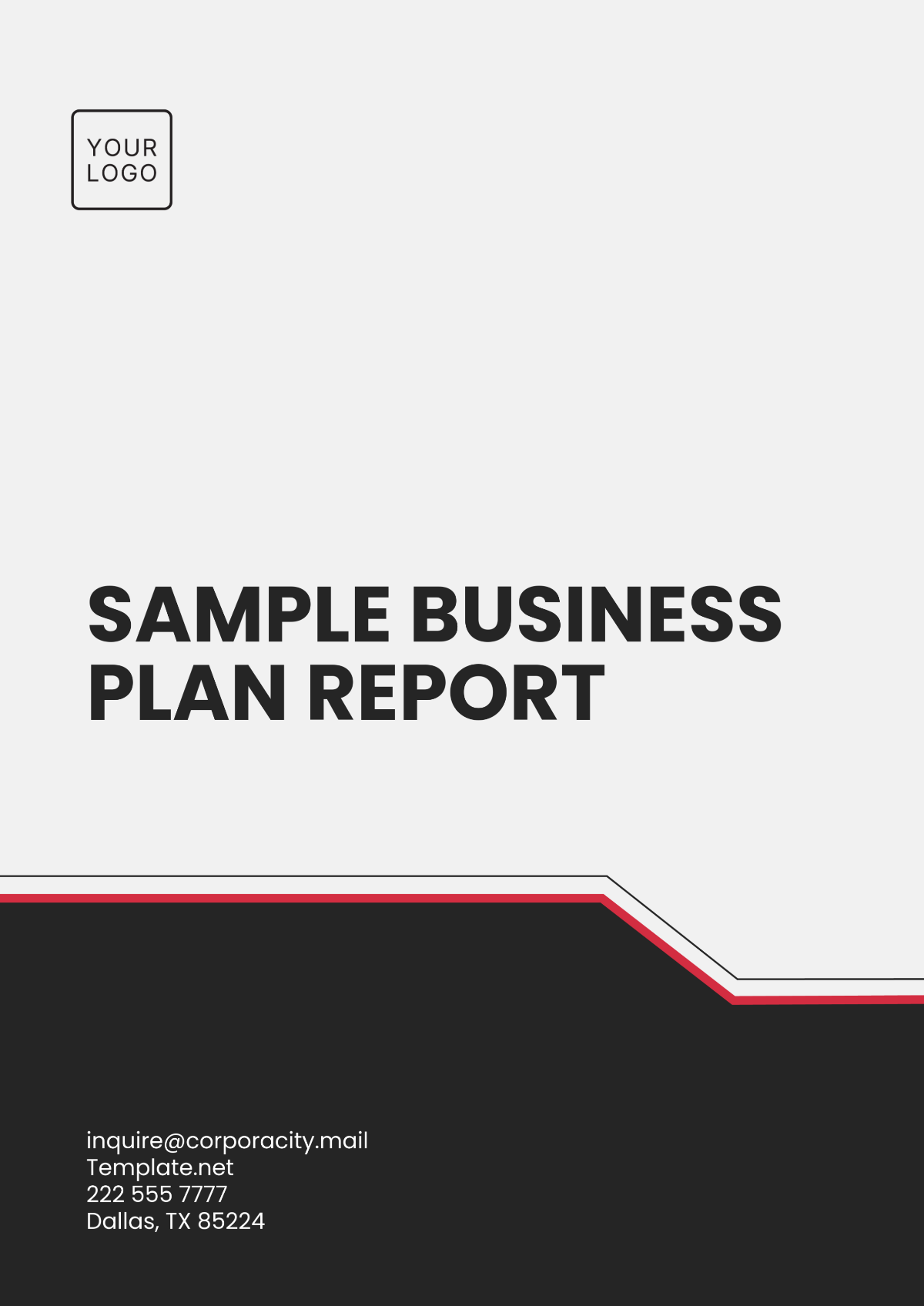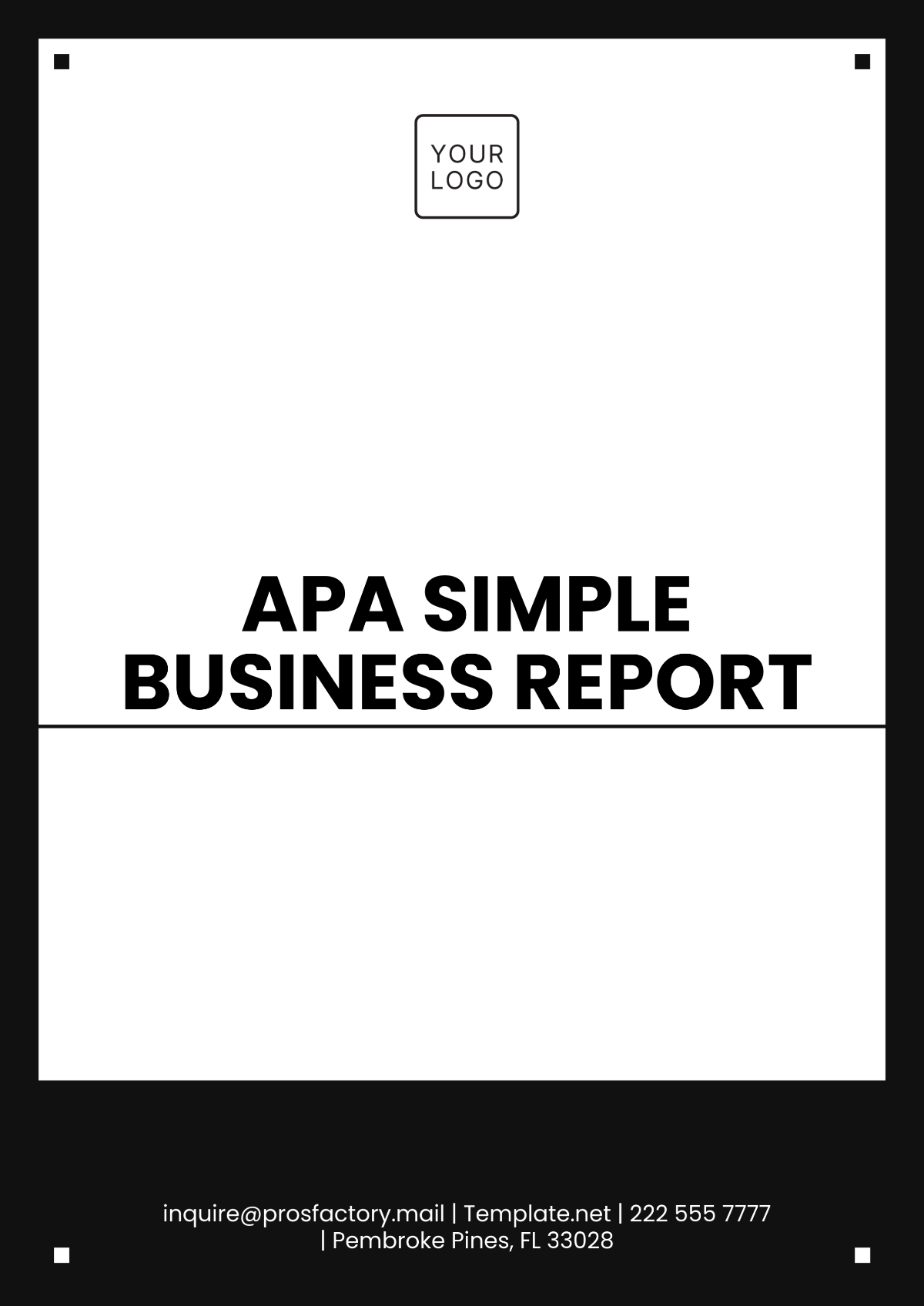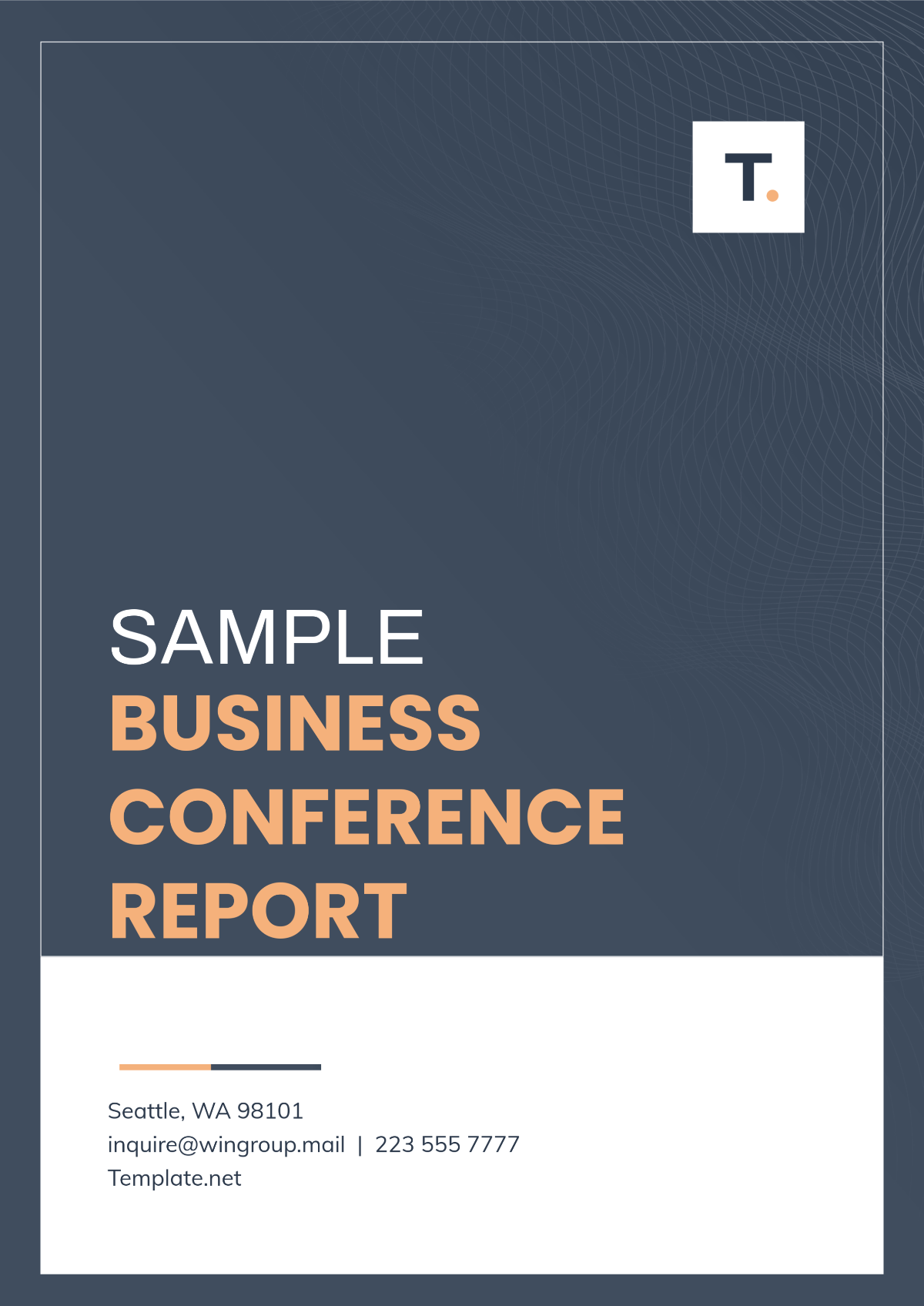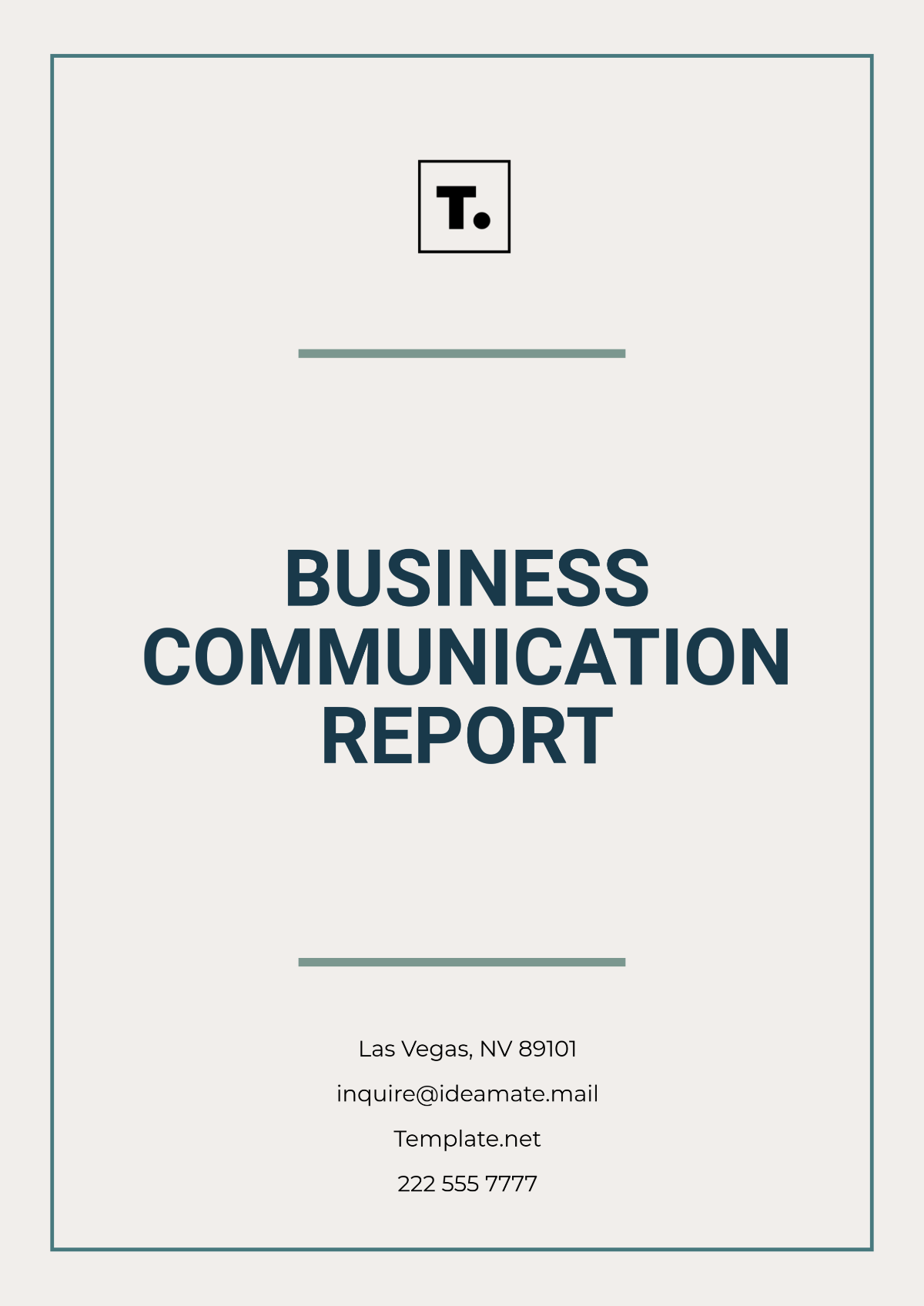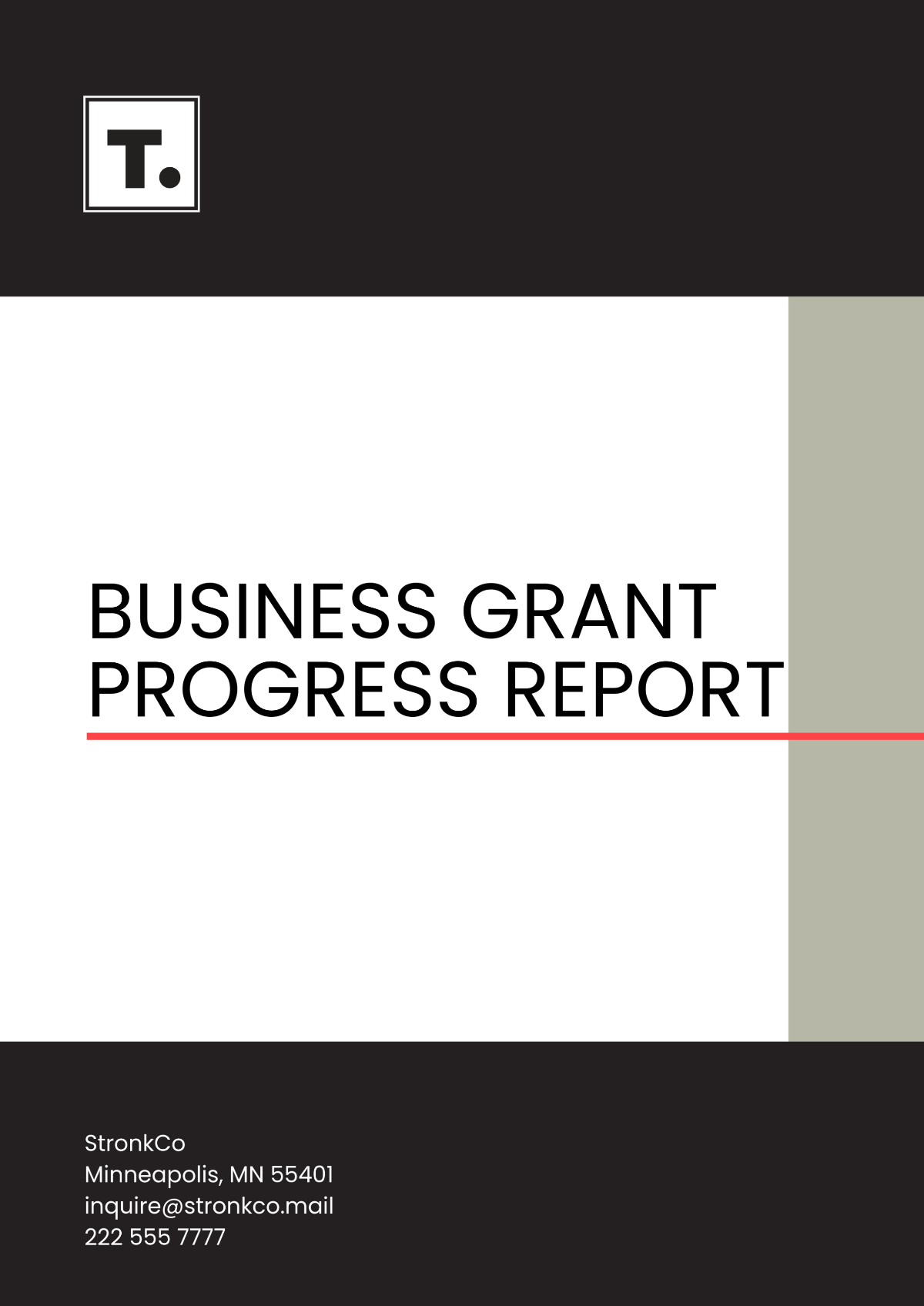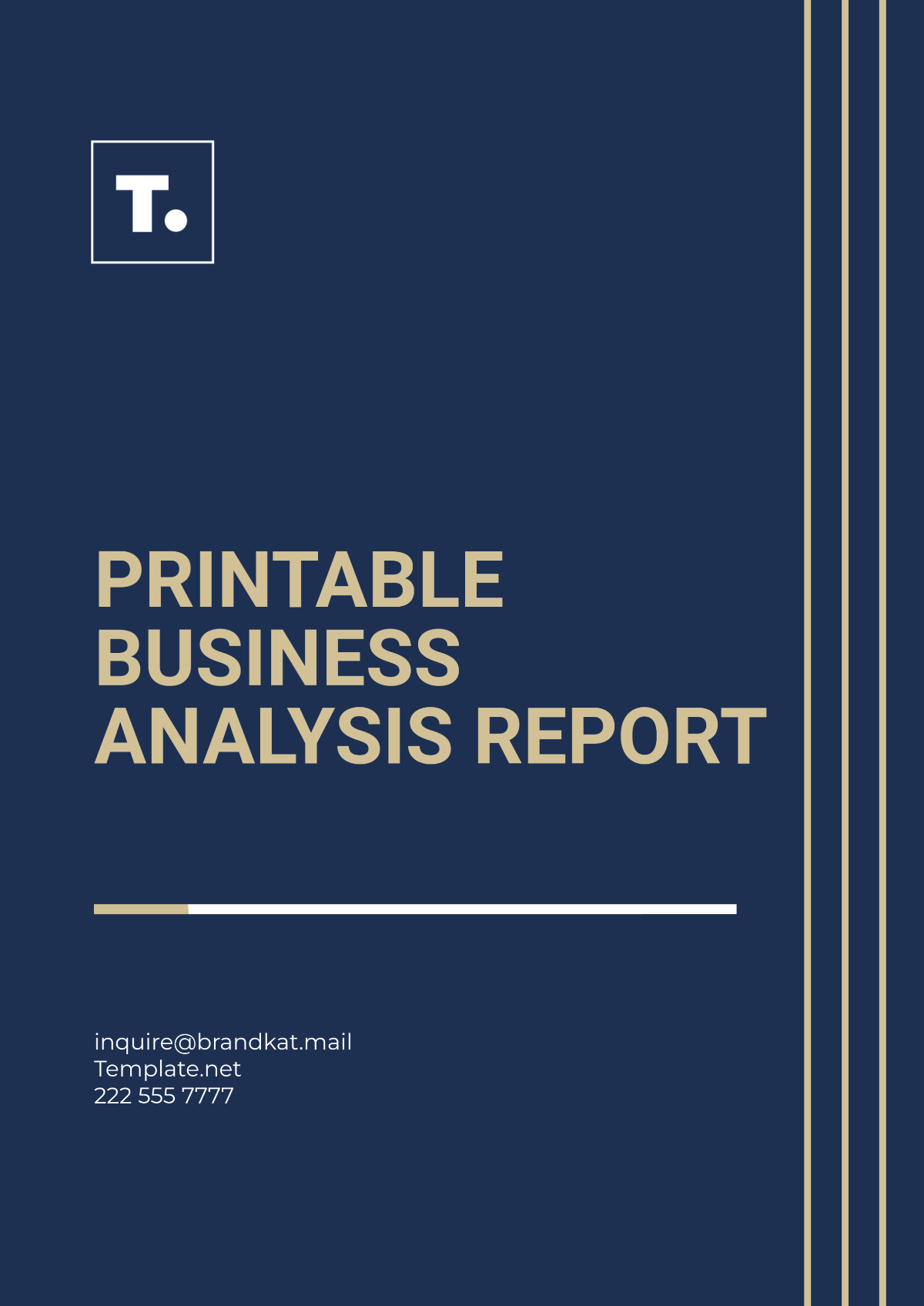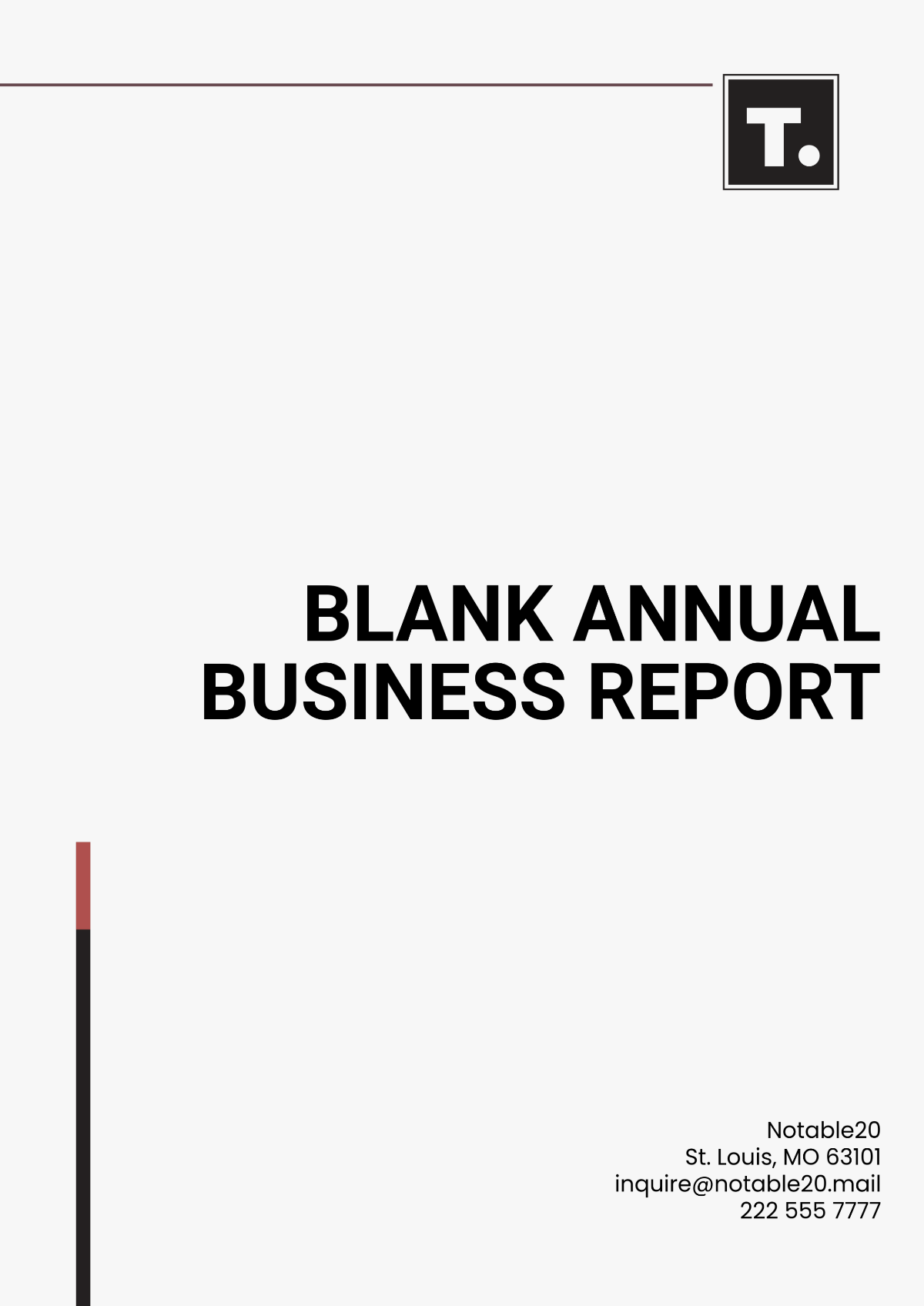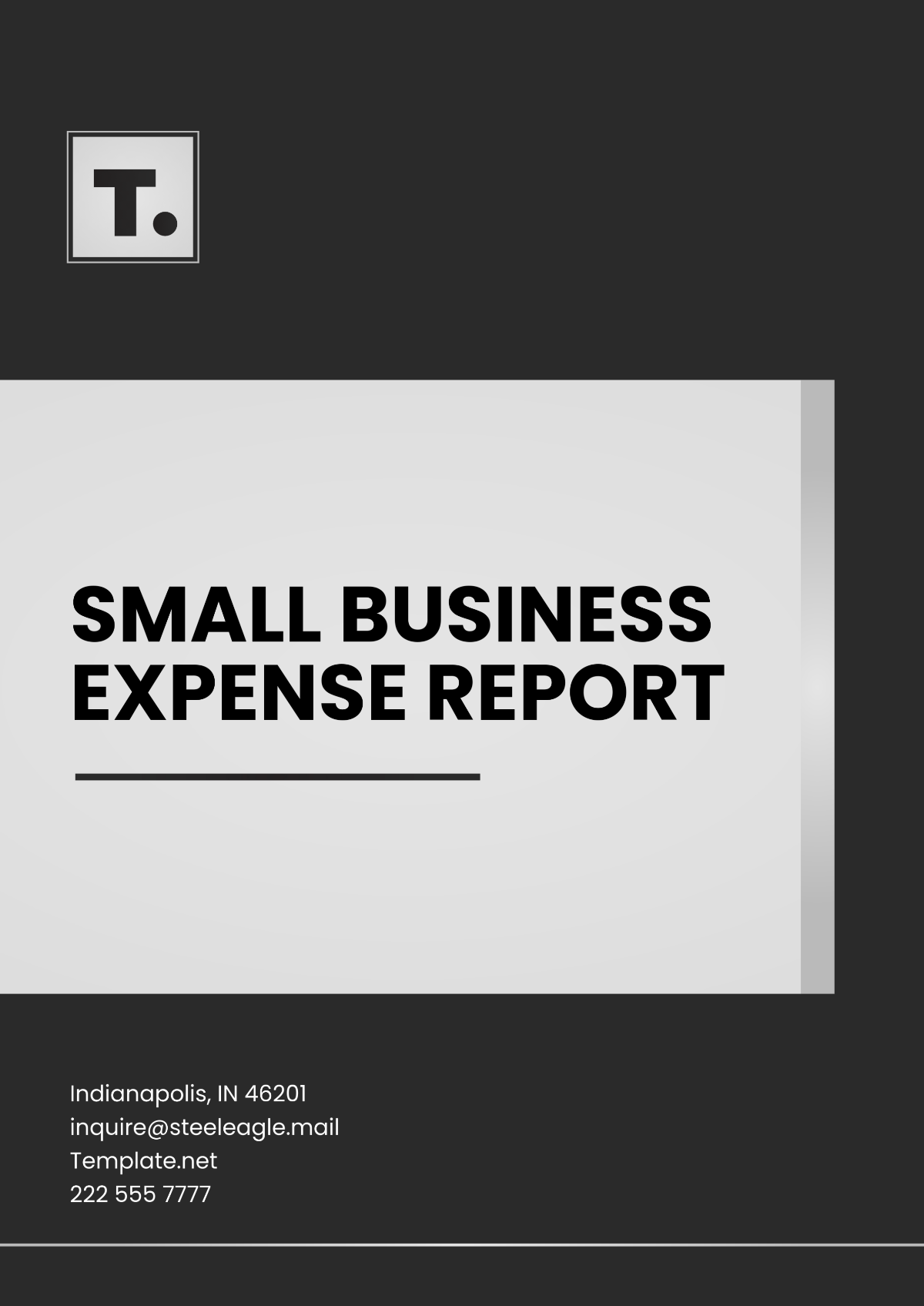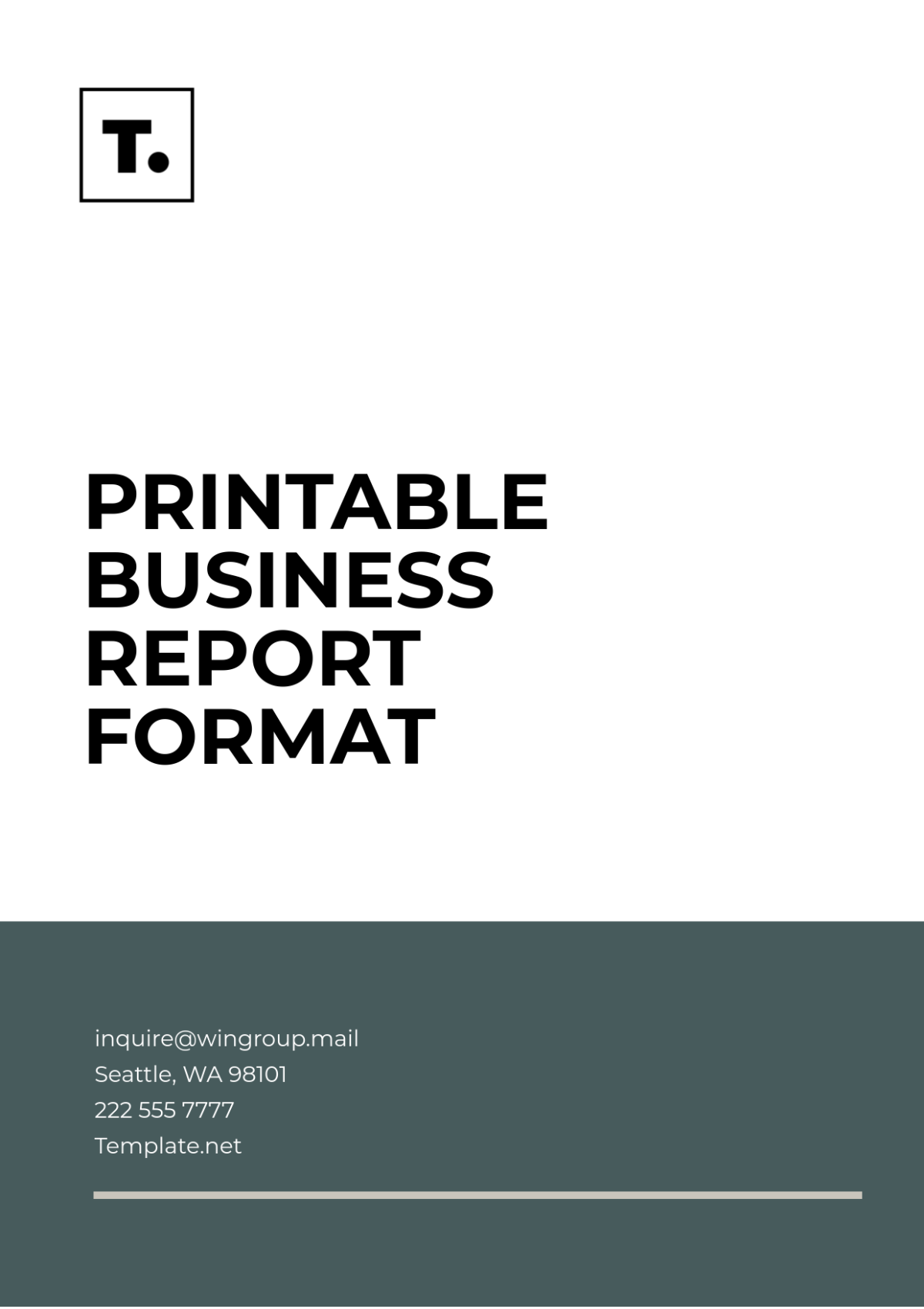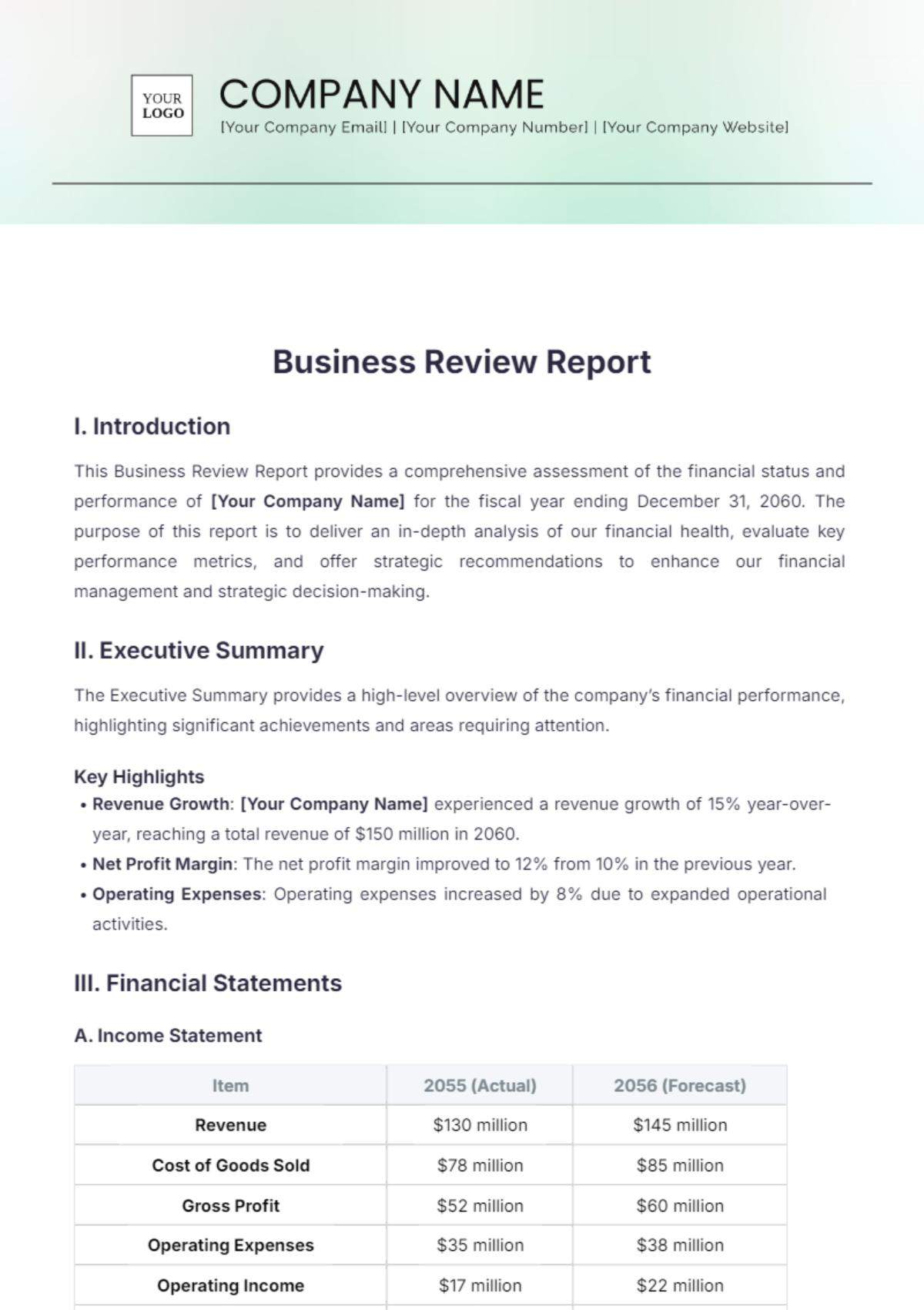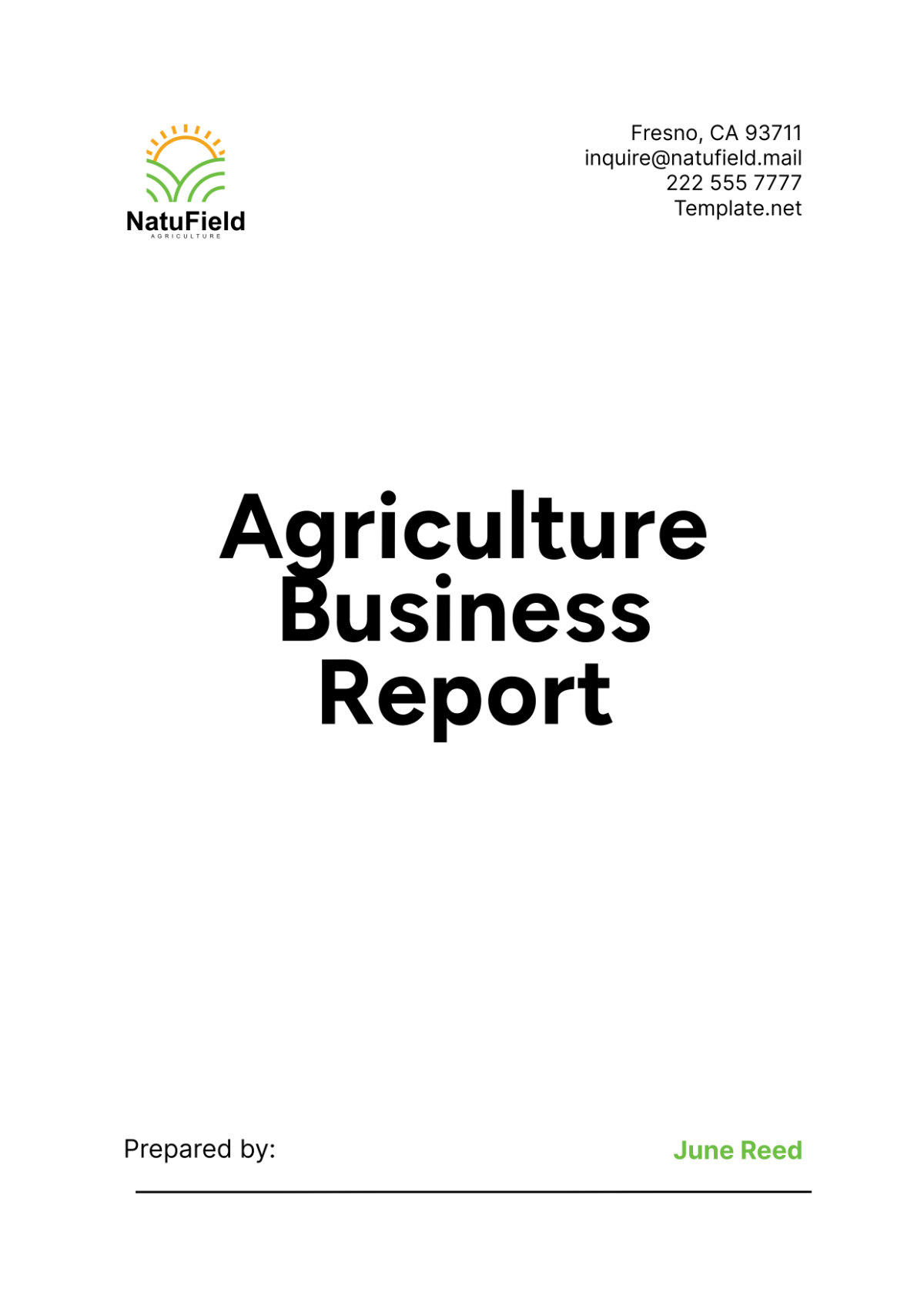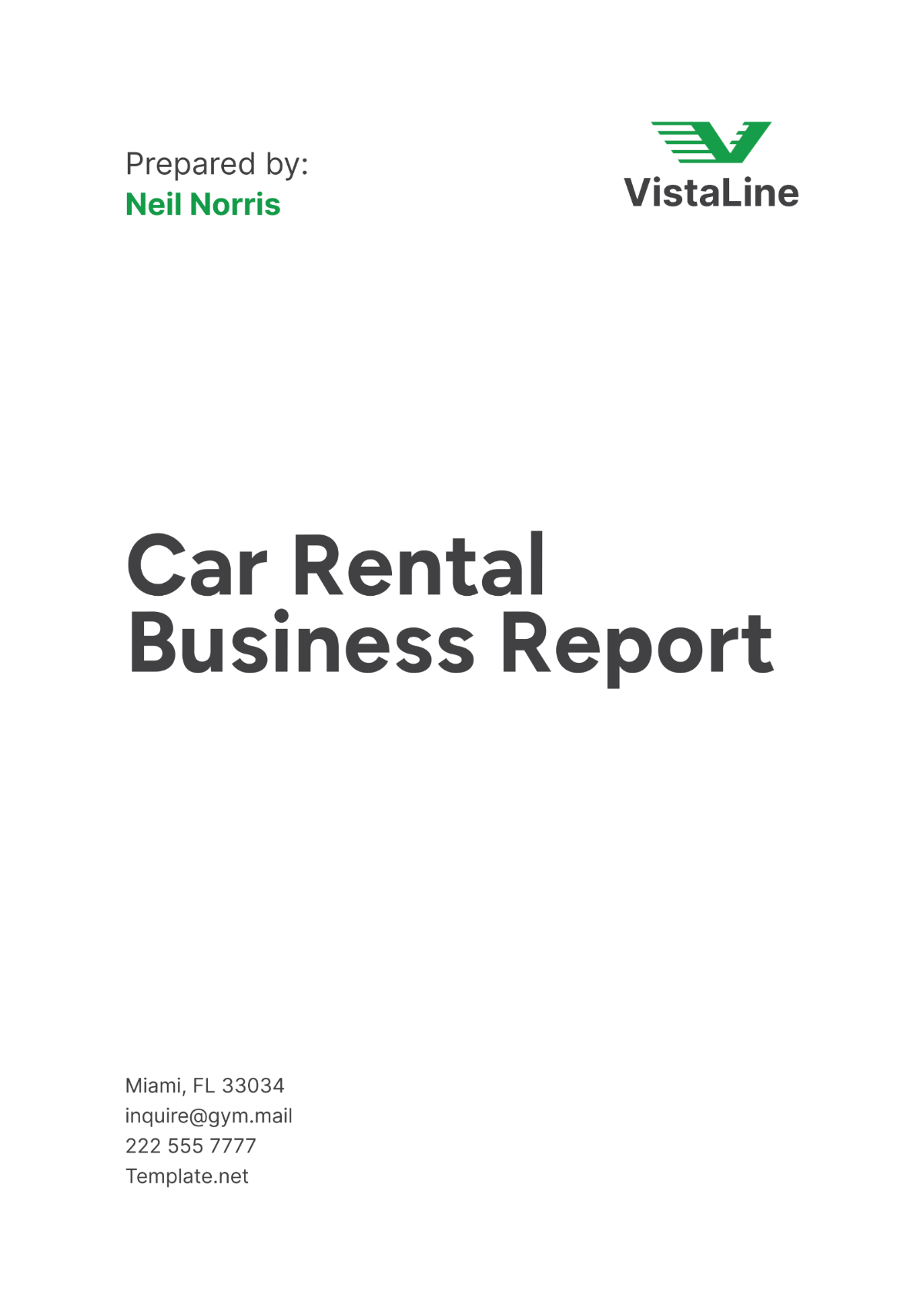Agriculture Export Documentation Report
I. Introduction
The Agriculture Export Documentation Report by [Your Company Name] serves as a comprehensive guide outlining the intricate process of preparing and executing agricultural exports to international markets. This report is essential for understanding the critical documentation requirements, regulatory compliance, and procedural intricacies involved in ensuring successful export transactions.
II. Company Overview
A. Company Profile
[Your Company Name] is a leading agriculture company specializing in the cultivation, harvesting, and export of high-quality agricultural products. Established in [Year] and headquartered in [Your Company Address], we are renowned for our commitment to sustainable farming practices and delivering premium produce that meets global quality standards.
B. Contact Information
For efficient communication and client support, [Your Company Name] maintains a dedicated team accessible through multiple channels.
Contact Person | Position | Phone Number | |
|---|---|---|---|
Export Manager | [Your Company Email] | [Your Company Number] | |
Sales Director | [Your Company Email] | [Your Company Number] |
C. Accreditations and Certifications
[Your Company Name] holds prestigious certifications including ISO [Number] for quality management systems and organic certification from [Certification Body Name], reflecting our commitment to sustainability and product excellence. These certifications ensure that our agricultural products meet stringent international standards and customer expectations.
III. Product Portfolio
A. Range of Agricultural Products
[Your Company Name] offers a diverse portfolio of agricultural products tailored to meet global market demands:
Fresh Fruits: Varieties such as apples, oranges, and berries are known for their superior taste and nutritional value.
Vegetables: High-quality produce including tomatoes, cucumbers, and bell peppers, cultivated using sustainable farming techniques.
Grains: Essential commodities like wheat and rice, sourced from trusted suppliers and processed to meet international standards.
Each product undergoes rigorous quality checks to ensure compliance with regulatory requirements and customer specifications, reinforcing our commitment to delivering premium agricultural goods worldwide.
B. Product Specifications
Our products are meticulously selected, graded, and packaged to maintain freshness and quality during transport:
Product | Specifications | Packaging Details |
|---|---|---|
Apples | Grade A quality, packed in 15 kg sturdy cardboard boxes | Each box contains 15 kg of apples |
Tomatoes | Fresh and uniform in size, packed in 1 kg plastic crates | Crates designed to hold 10 packs of tomatoes |
Wheat | High protein content, packed in bulk containers | Bulk shipment in containers for secure transport |
These specifications ensure that our agricultural products arrive at their destination in optimal condition, meeting the expectations of discerning international markets.
IV. Regulatory Compliance
A. Export Permits and Licenses
Successful export operations depend on obtaining the necessary permits and licenses. [Your Company Name] secures the following documentation:
Export License: Issued by [Export Authority], authorizing [Your Company Name] to export agricultural commodities in compliance with national regulations.
Phytosanitary Certificate: Essential for confirming adherence to plant health standards, ensuring products are free from pests and diseases harmful to crops and ecosystems.
Certificate of Origin: Validates the origin of exported goods, influencing tariffs and trade agreements with importing countries.
These documents are meticulously prepared to facilitate seamless customs clearance and international trade transactions, safeguarding product authenticity and regulatory compliance.
B. Compliance with International Trade Regulations
Navigating international trade regulations requires vigilance and adherence to established protocols. [Your Company Name] ensures strict compliance with:
International Plant Protection Convention (IPPC): Adhering to IPPC guidelines ensures our products meet global phytosanitary standards, minimizing risks associated with pests and diseases during transportation and storage.
Import Regulations: Familiarity with destination country import requirements, including quarantine measures and documentation, ensures smooth entry and acceptance of our agricultural products in foreign markets.
By staying informed of evolving regulations, [Your Company Name] mitigates risks and enhances operational efficiency in global trade.
V. Export Documentation Process
A. Documentation Requirements
Effective export documentation is integral to streamlined logistics and regulatory compliance. [Your Company Name] prepares and verifies the following essential documents:
Document | Purpose |
|---|---|
Commercial Invoice | Detailed document itemizing product specifics, prices, and terms of sale for customs valuation and duty assessment. |
Packing List | Comprehensive inventory detailing contents of each shipment unit, aiding in cargo handling and ensuring accurate delivery. |
Certificate of Origin | Authenticates product origin, facilitating tariff classification and eligibility for trade preferences under bilateral agreements. |
Phytosanitary Certificate | Certifies compliance with plant health regulations, confirming products are free from pests and diseases detrimental to agricultural ecosystems. |
Bill of Lading | Contract of carriage issued by the carrier, detailing shipment particulars and confirming receipt of goods for transport. |
These documents ensure clarity and accuracy in export transactions, supporting seamless customs clearance and customer satisfaction.
VI. Customs Clearance Procedures
A. Overview of Customs Procedures
Navigating customs clearance procedures is crucial for [Your Company Name] to ensure efficient and compliant export operations. Customs clearance involves the submission of accurate documentation and adherence to import regulations of the destination country. Each step—from document preparation to cargo inspection—is meticulously managed to avoid delays and ensure smooth transit of agricultural products.
B. Documentation Required for Customs Clearance
Preparing comprehensive documentation is essential for seamless customs clearance. [Your Company Name] ensures the following documents are meticulously prepared and verified:
Document | Purpose |
|---|---|
Commercial Invoice | Details product specifics, prices, and terms of sale for customs valuation and duty assessment. |
Packing List | Itemizes contents of each shipment unit to facilitate cargo handling and verify shipment accuracy. |
Certificate of Origin | Certifies product origin, influencing tariff classification and trade preferences under trade agreements. |
Phytosanitary Certificate | Confirms compliance with plant health regulations, ensuring products are free from pests and diseases. |
Bill of Lading | Acts as a contract of carriage, detailing shipment particulars and confirming receipt of goods by the carrier. |
Each document plays a crucial role in customs procedures, ensuring regulatory compliance and facilitating the smooth flow of goods across international borders.
C. Handling of Customs Inspections and Audits
[Your Company Name] is prepared to manage customs inspections and audits efficiently. We maintain transparency and accuracy in documentation to mitigate risks of delays or penalties. Collaborating closely with customs officials, we facilitate necessary inspections while ensuring compliance with import regulations and safeguarding product integrity.
VII. Shipping and Logistics
A. Transport Arrangements
Efficient transport logistics are vital for [Your Company Name] to deliver agricultural products globally. We partner with reputable shipping companies to ensure reliable and timely delivery. Transport arrangements include:
Mode of Transport: Selection of suitable transport modes (sea, air, land) based on product perishability, destination, and cost-effectiveness.
Shipping Company Details: Engagement with trusted carriers experienced in handling agricultural cargo to minimize transit risks and ensure adherence to shipment schedules.
B. Containerization and Loading Procedures
To maintain product quality and integrity during transit, [Your Company Name] employs stringent containerization and loading procedures:
Product | Container Type | Loading Procedures |
|---|---|---|
Fresh Fruits | Ventilated Containers | Temperature-controlled loading to preserve freshness. |
Vegetables | Refrigerated Containers | Humidity and temperature settings optimized for product longevity. |
Grains | Bulk Containers | Bulk loading techniques ensuring secure and efficient transport. |
By adhering to these procedures, we mitigate risks of product spoilage or damage, ensuring customers receive premium-quality agricultural products.
C. Insurance Coverage for Transportation
[Your Company Name] prioritizes risk management in transport logistics by securing comprehensive insurance coverage. Insurance policies tailored for agricultural exports include:
Cargo Insurance: Protection against loss or damage during transit, covering perishable goods and ensuring financial security.
Marine Insurance: Coverage for sea transport, safeguarding shipments against risks such as vessel sinking or maritime hazards.
Transport Liability Insurance: Liability coverage for carriers, ensuring compensation for losses due to carrier negligence or transport accidents.
These insurance policies provide [Your Company Name] and our customers with peace of mind, mitigating financial risks associated with global transport operations.
VIII. Export Finance and Payment
A. Payment Terms and Methods
Effective financial management is integral to [Your Company Name]'s export operations. We offer flexible payment terms and secure payment methods to accommodate diverse customer needs:
Letter of Credit (LC): Ensures payment upon fulfillment of export obligations, mitigating risks of non-payment and ensuring financial security.
Advance Payment: Immediate payment before shipment, offering cash flow advantages and minimizing credit risks.
Open Account: Payment after receipt of goods, fostering long-term customer relationships but requiring trust and creditworthiness assessment.
B. Documentation Related to Payment Processing
Accurate documentation supports transparent and efficient payment processing. [Your Company Name] prepares the following documents to facilitate financial transactions:
Document | Purpose |
|---|---|
Proforma Invoice | Preliminary invoice specifying product details and payment terms. |
Export Documentary Credit | LC issued by the buyer's bank, guaranteeing payment upon compliance with export terms. |
Payment Receipt | Acknowledgment of received payment, confirming transaction completion. |
These documents ensure clarity and reliability in financial transactions, promoting trust and compliance in international trade.
IX. Risk Management
A. Risk Assessment and Mitigation Strategies
[Your Company Name] adopts proactive measures to identify and mitigate risks inherent in agricultural export operations:
Market Risks: Fluctuations in global demand and market prices affecting export profitability.
Logistics Risks: Delays or disruptions in transport impacting product quality and customer satisfaction.
Legal and Regulatory Risks: Non-compliance with import regulations or changes in trade policies affecting market access.
B. Contingency Planning
To mitigate potential risks, [Your Company Name] implements contingency plans:
Diversification: Expanding market presence and product range to minimize reliance on specific markets or commodities.
Insurance Coverage: Securing comprehensive insurance against transport, political, and market risks.
Emergency Response: Rapid response protocols to address unforeseen events, ensuring minimal disruption to export operations.
By prioritizing risk management, [Your Company Name] safeguards business continuity and enhances resilience in global agricultural trade.
X. Market Analysis and Expansion Strategies
A. Market Research and Analysis
[Your Company Name] conducts thorough market research to identify opportunities and trends in global agricultural trade:
Market Segmentation: Analyzing target markets based on geographical preferences, consumer behavior, and regulatory environments.
Competitor Analysis: Assessing competitors' strengths and weaknesses to refine market positioning and enhance competitive advantage.
Consumer Preferences: Understanding evolving consumer preferences for sustainable, organic, and ethically sourced agricultural products.
B. Expansion Strategies
To capitalize on market opportunities, [Your Company Name] implements strategic expansion initiatives:
Market Penetration: Strengthening presence in existing markets through targeted marketing and distribution channels.
Market Development: Exploring new markets and emerging economies to diversify customer base and revenue streams.
Product Diversification: Introducing innovative products or value-added services to meet evolving consumer demands and enhance market competitiveness.
These strategies align with [Your Company Name]'s growth objectives, driving sustainable expansion and market leadership in global agricultural exports.
XI. Conclusion
The Agriculture Export Documentation Report by [Your Company Name] underscores our commitment to excellence in agricultural production and international trade. By adhering to rigorous documentation standards, regulatory compliance, and strategic planning, we ensure the seamless export of premium agricultural products worldwide. For further inquiries or partnership opportunities, please contact our Export Manager, [Employee Name] at [Your Company Email].
